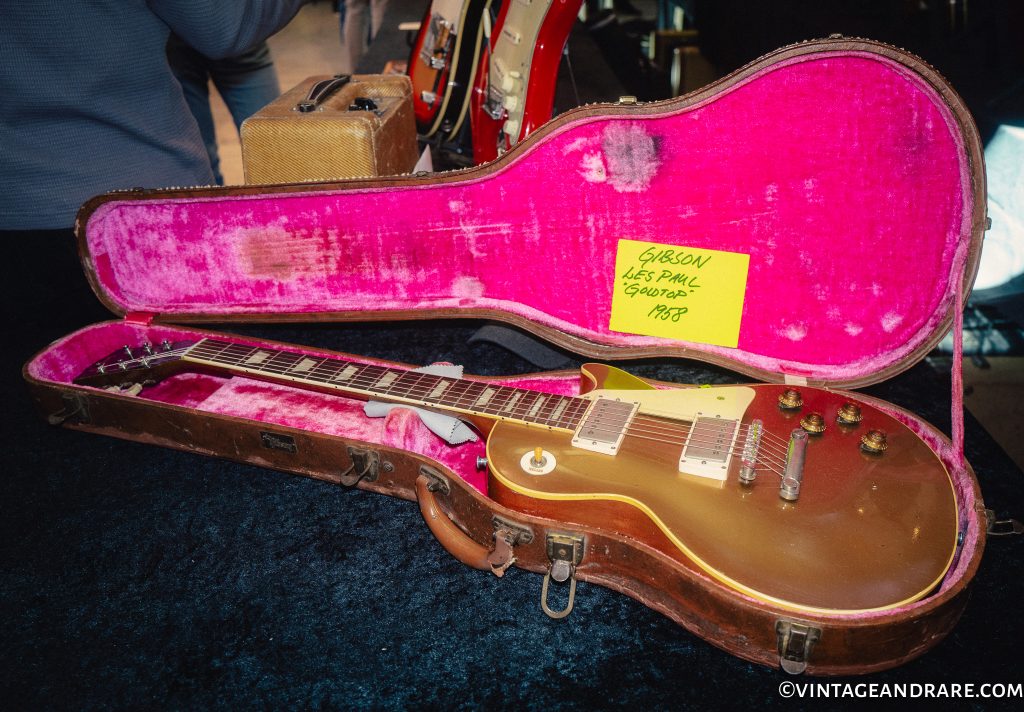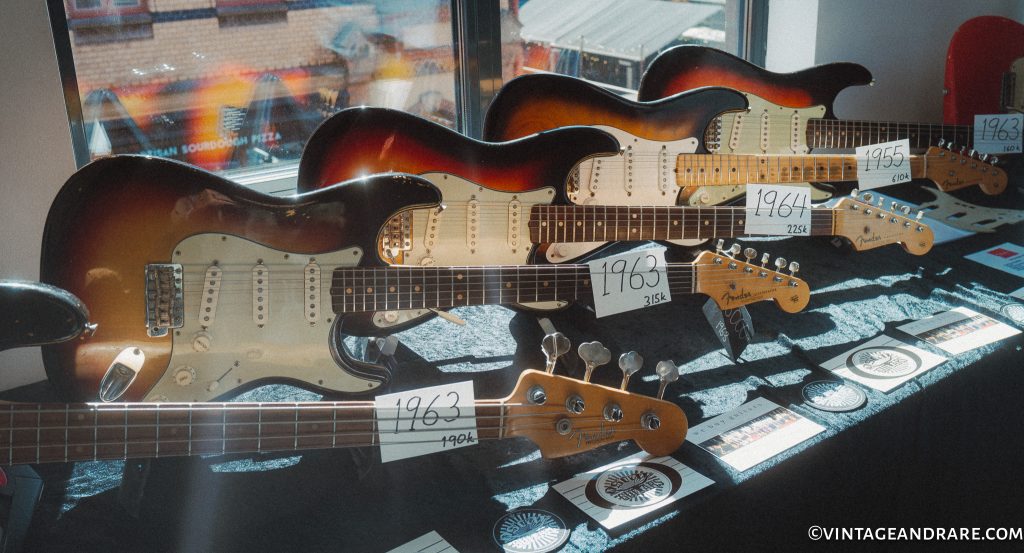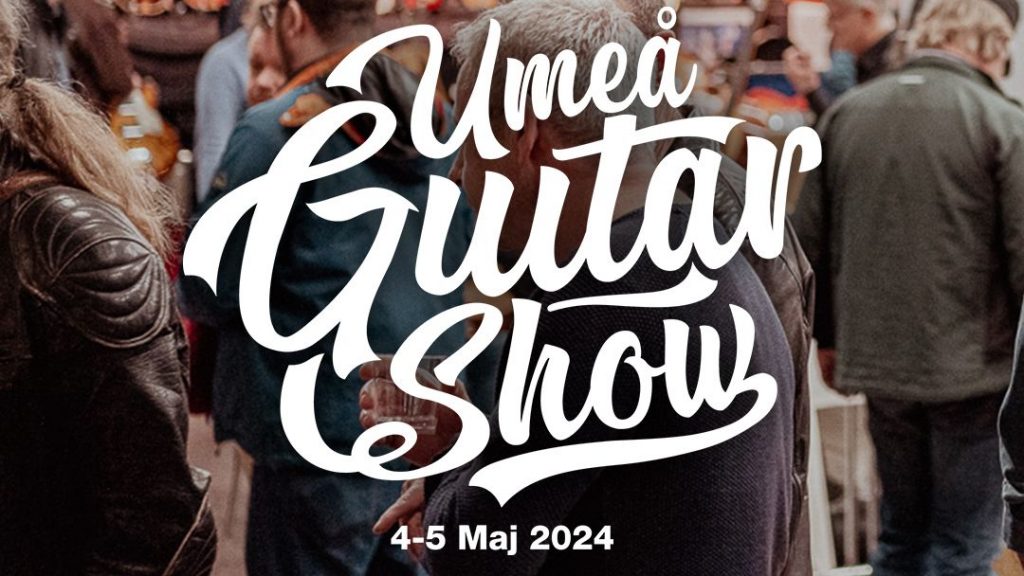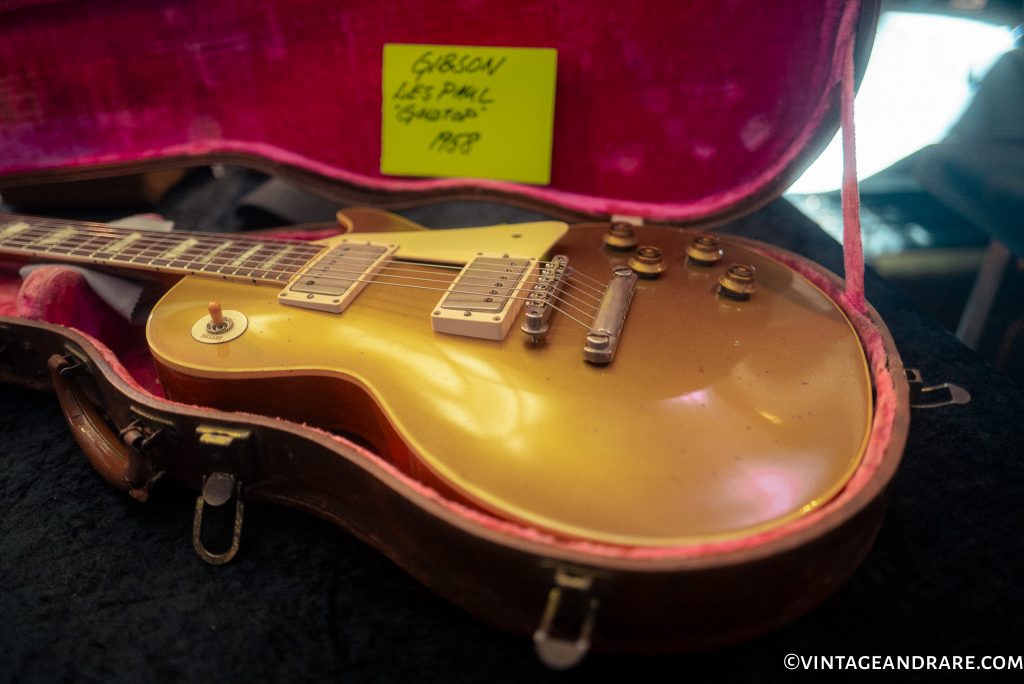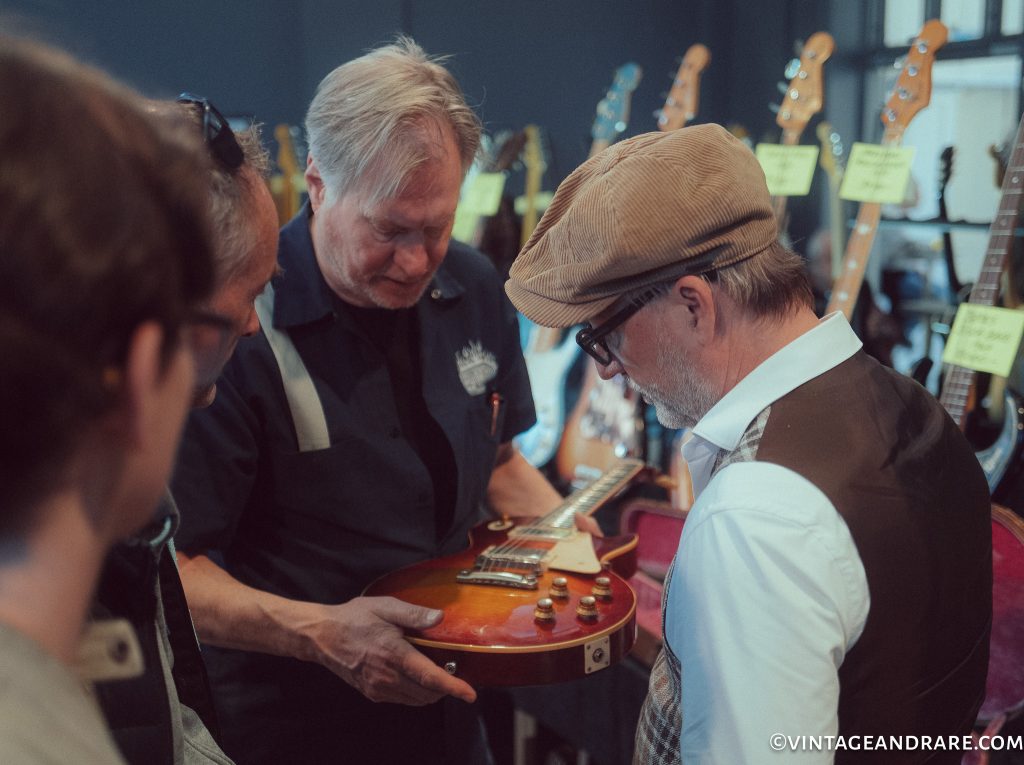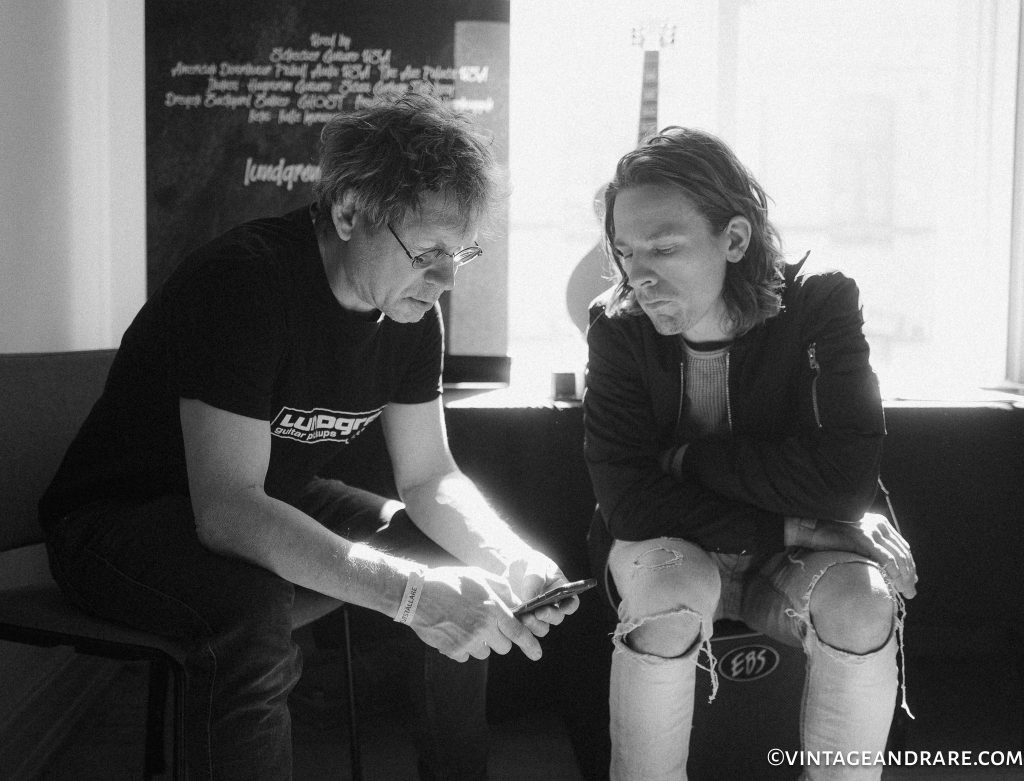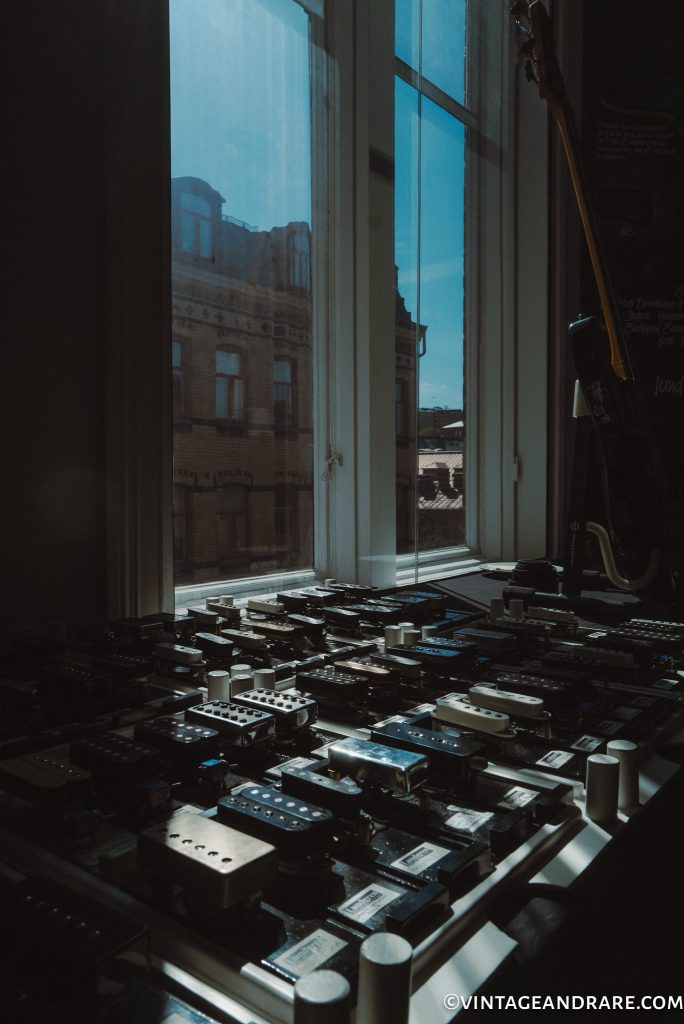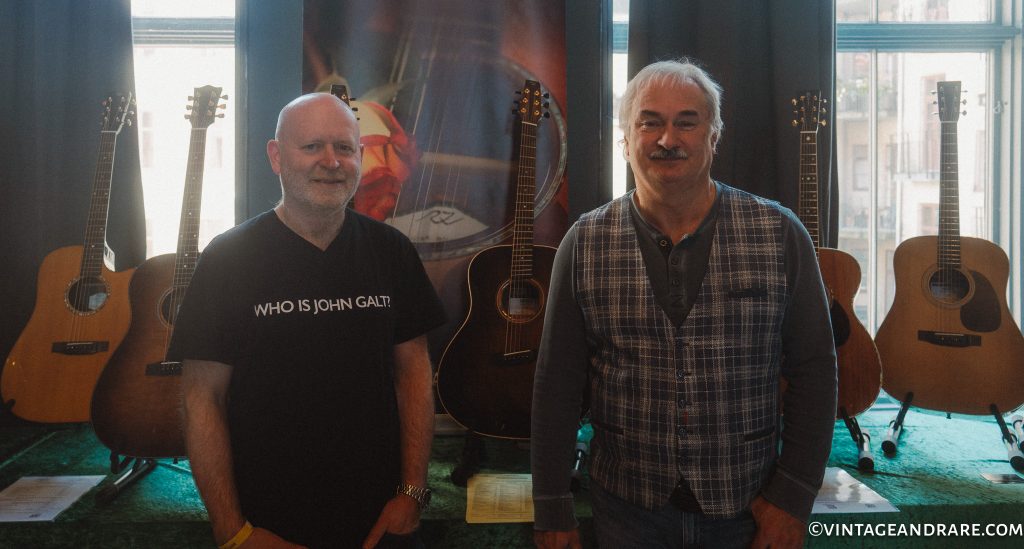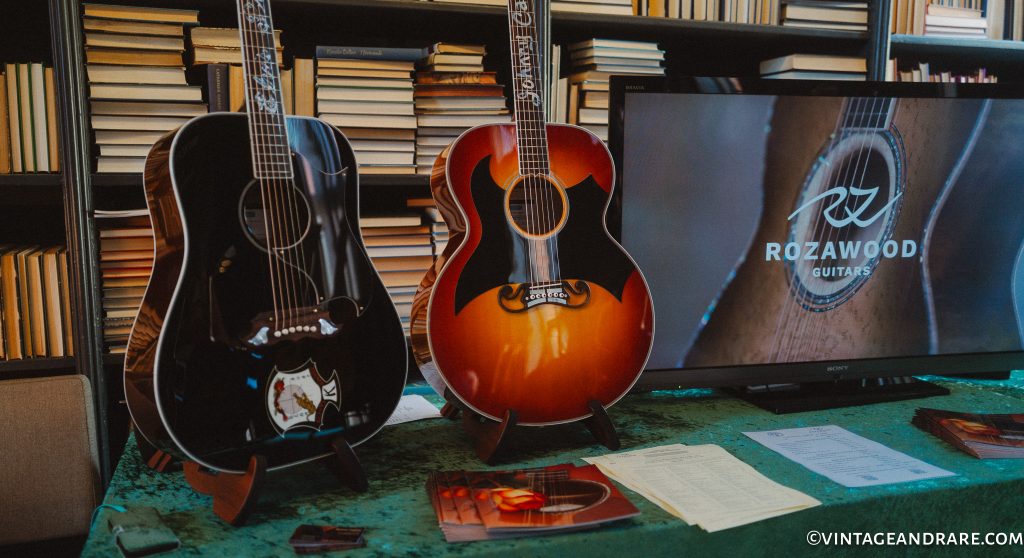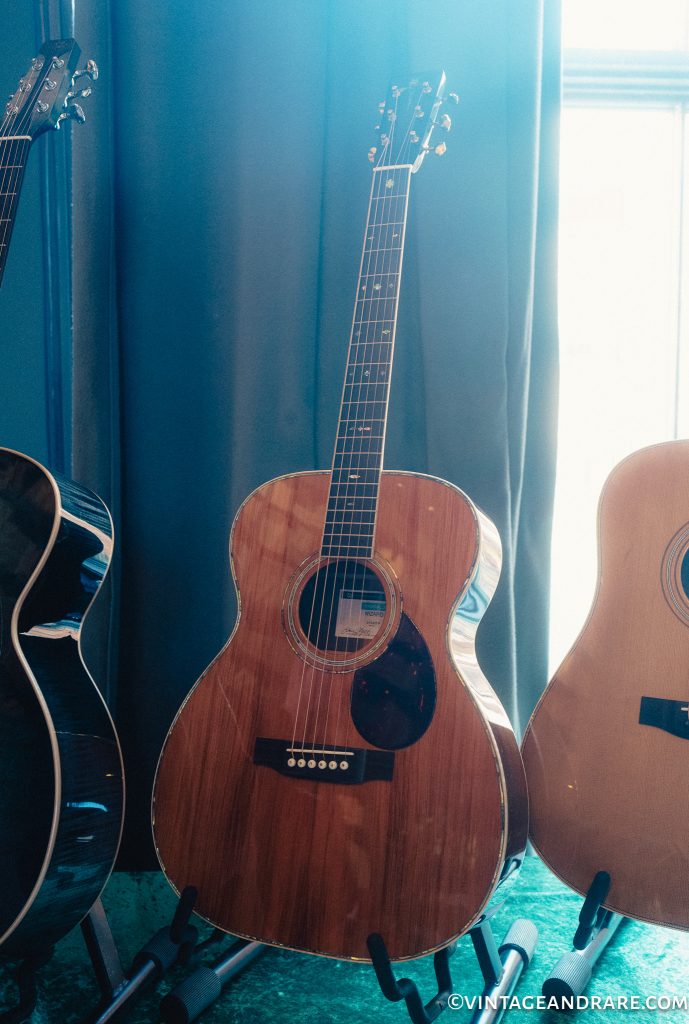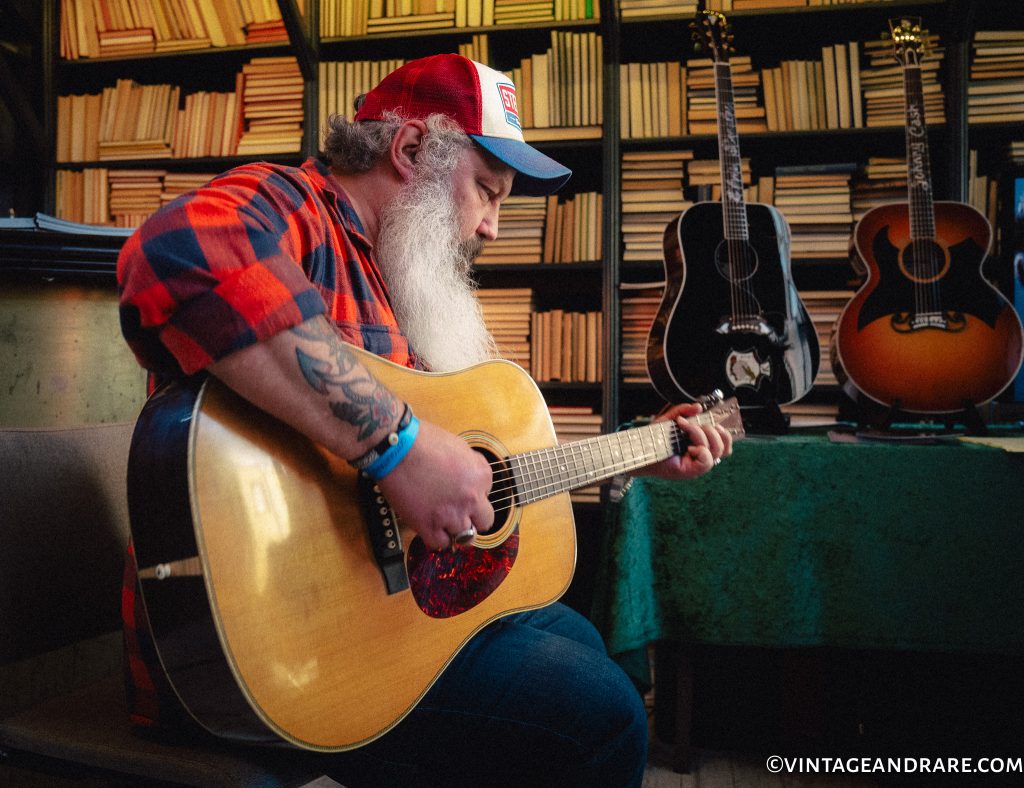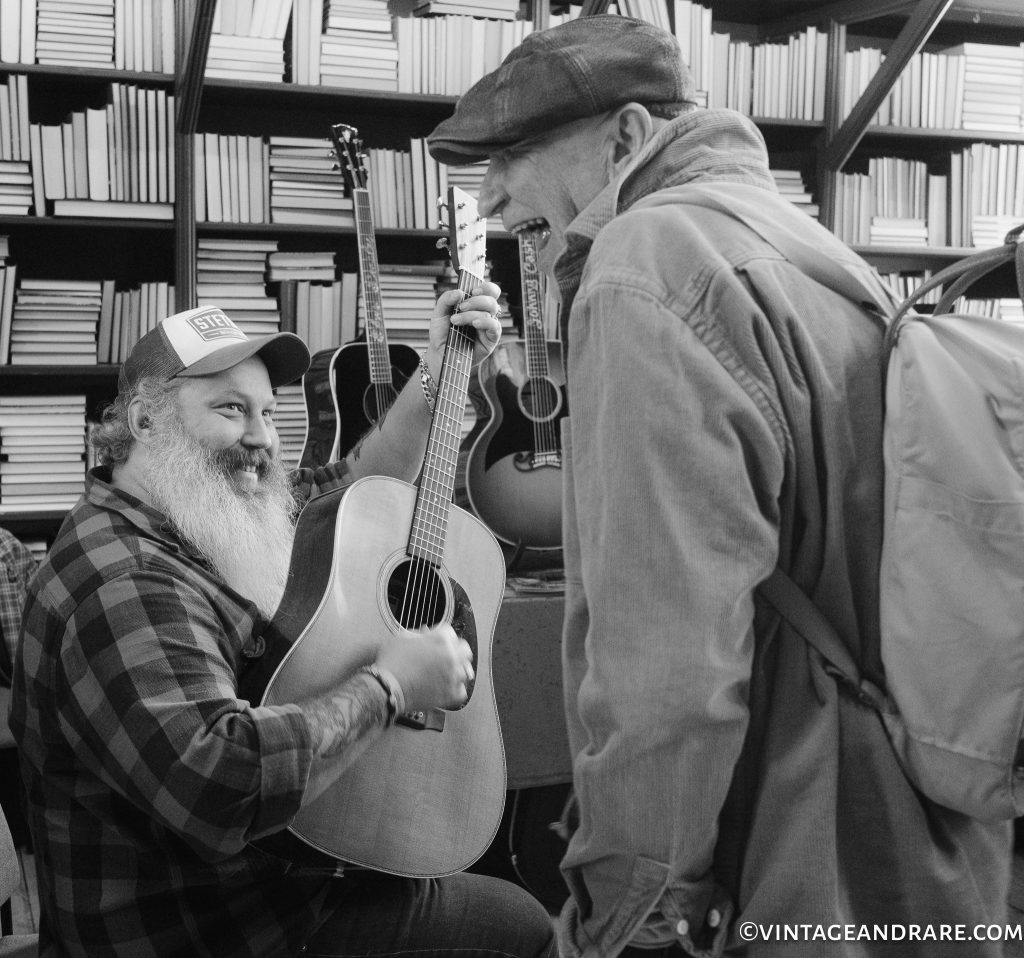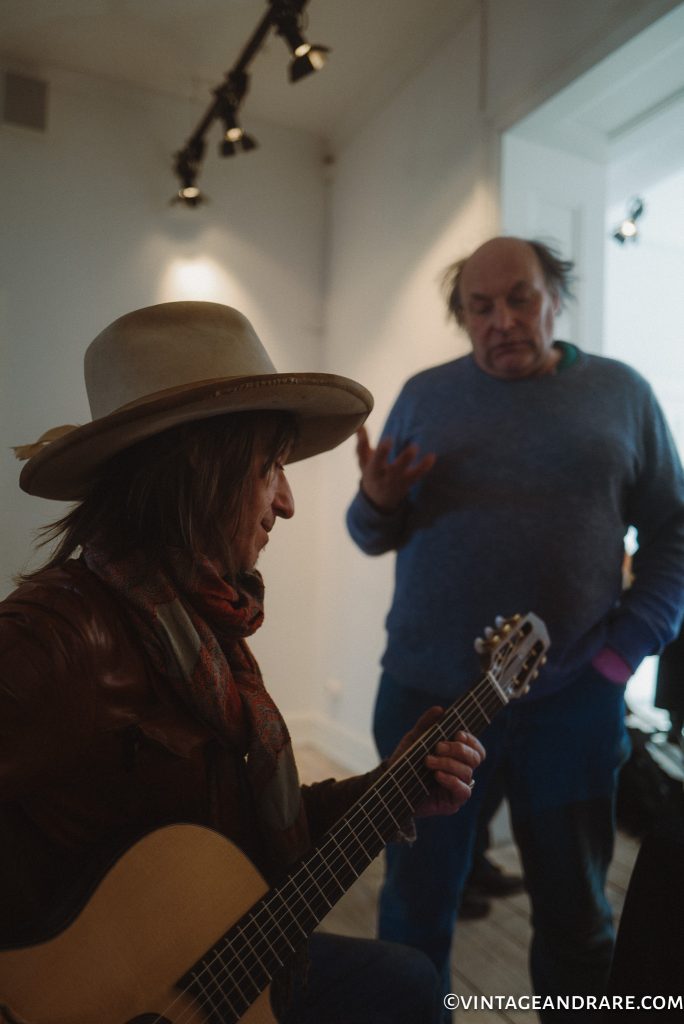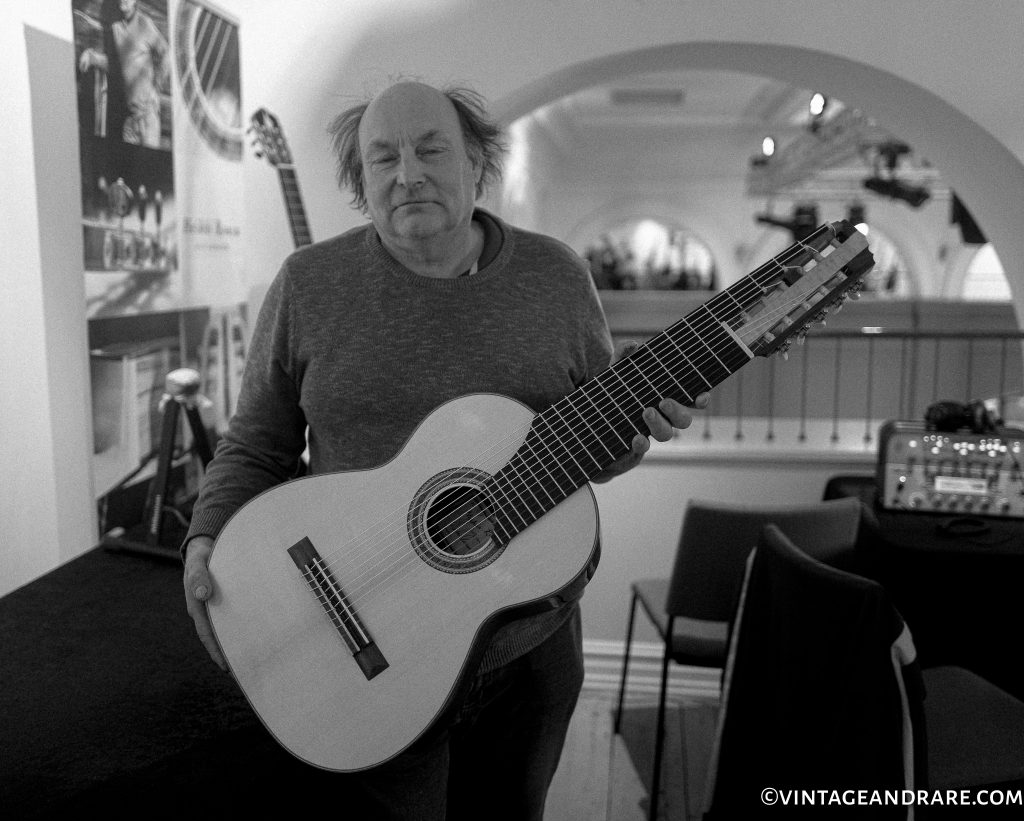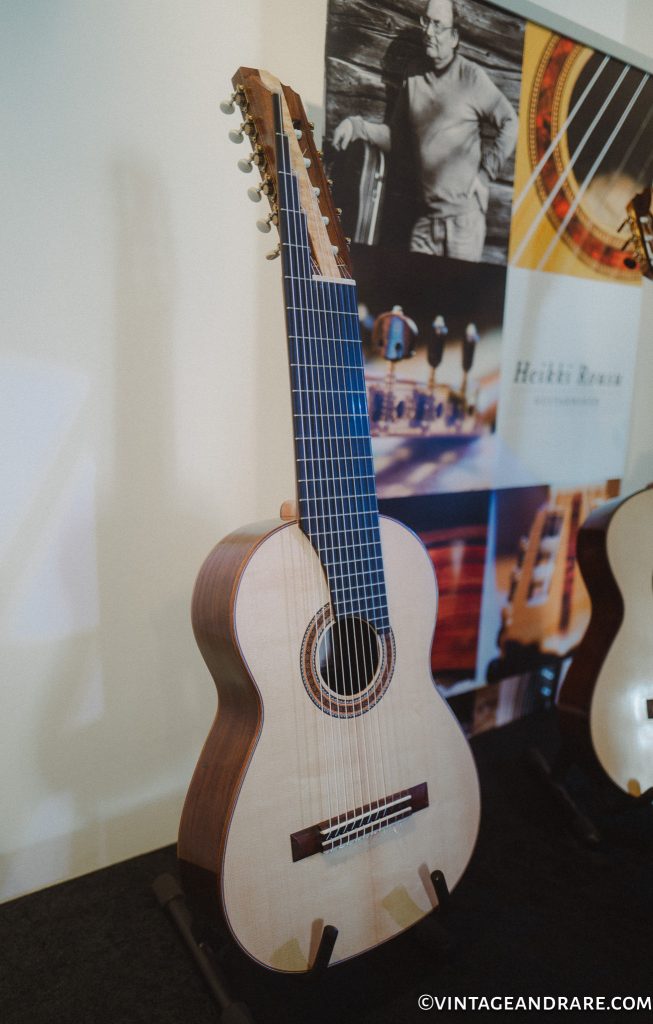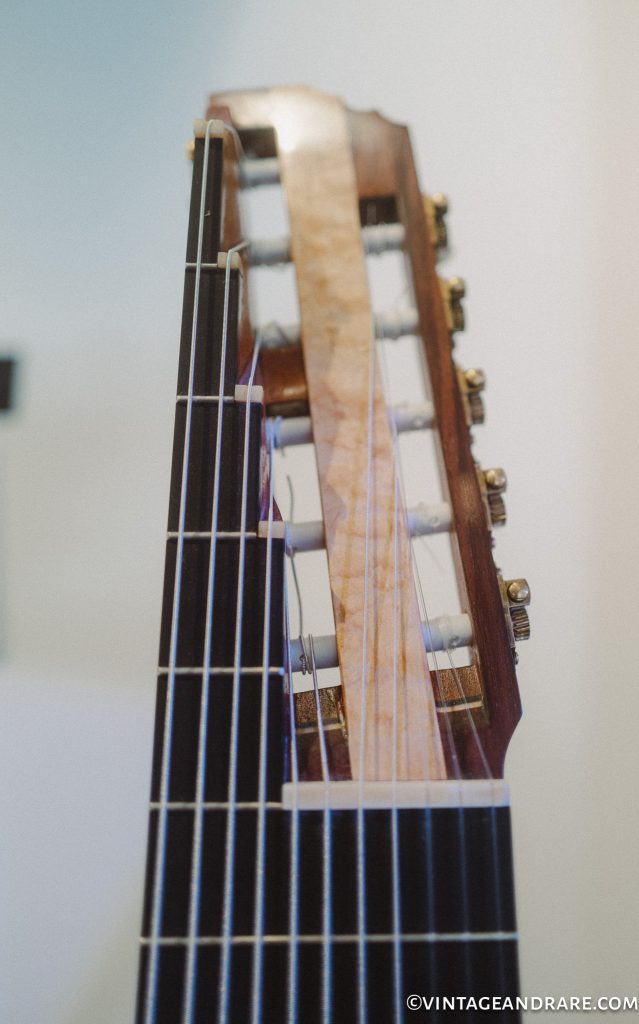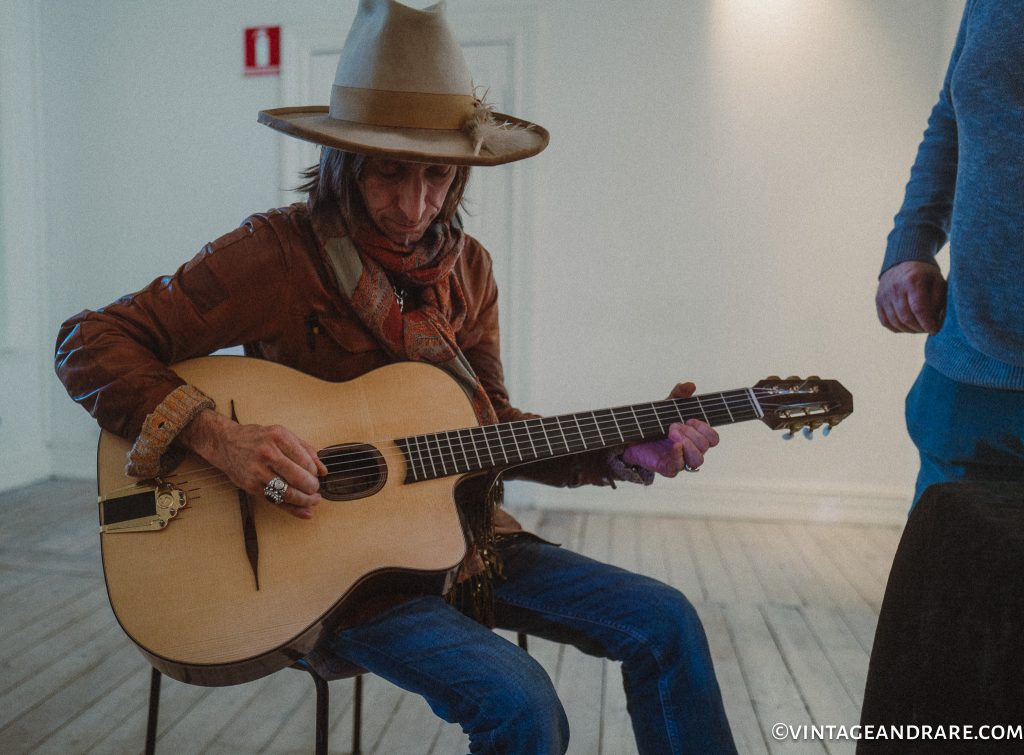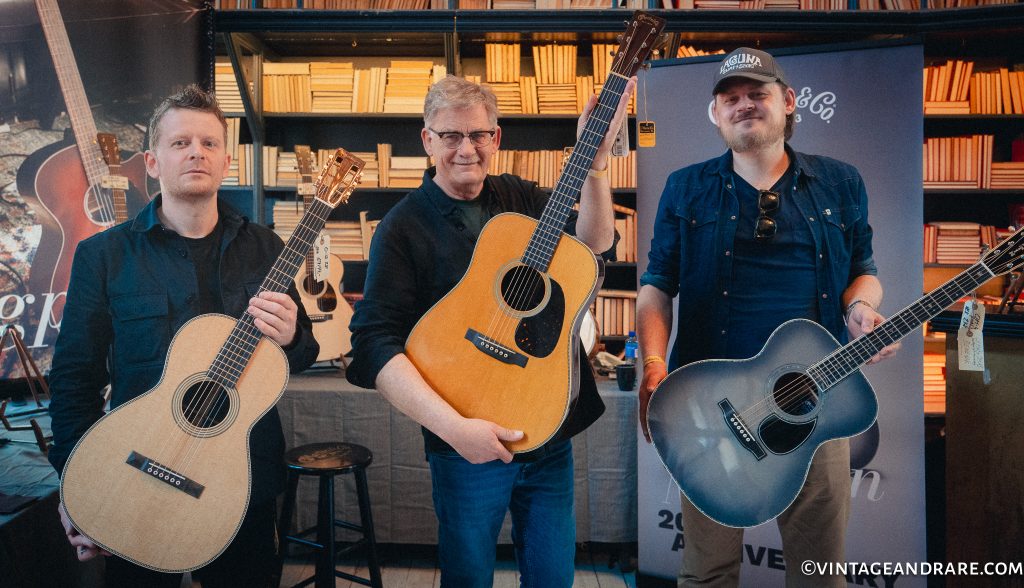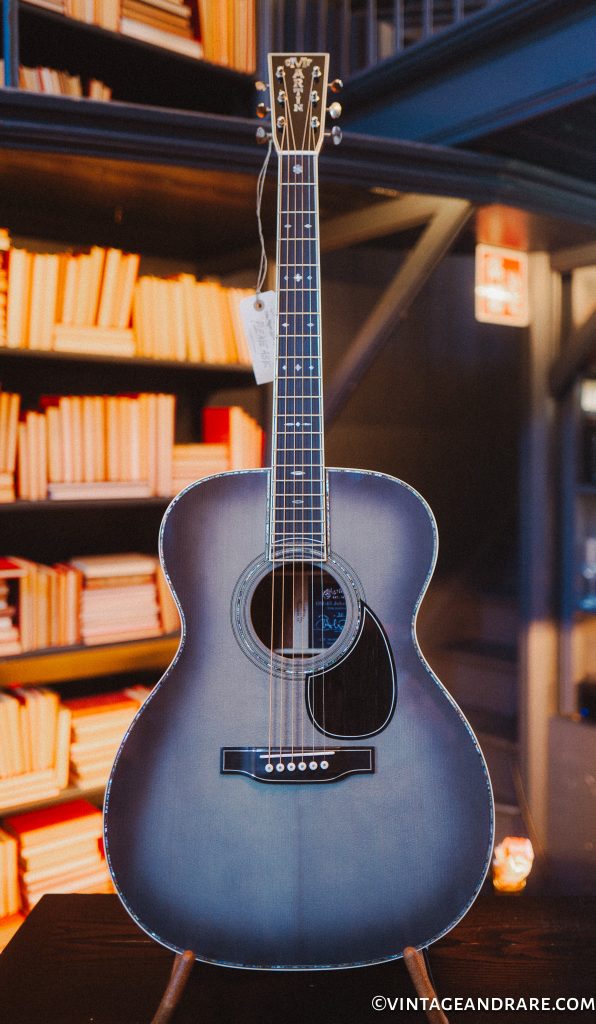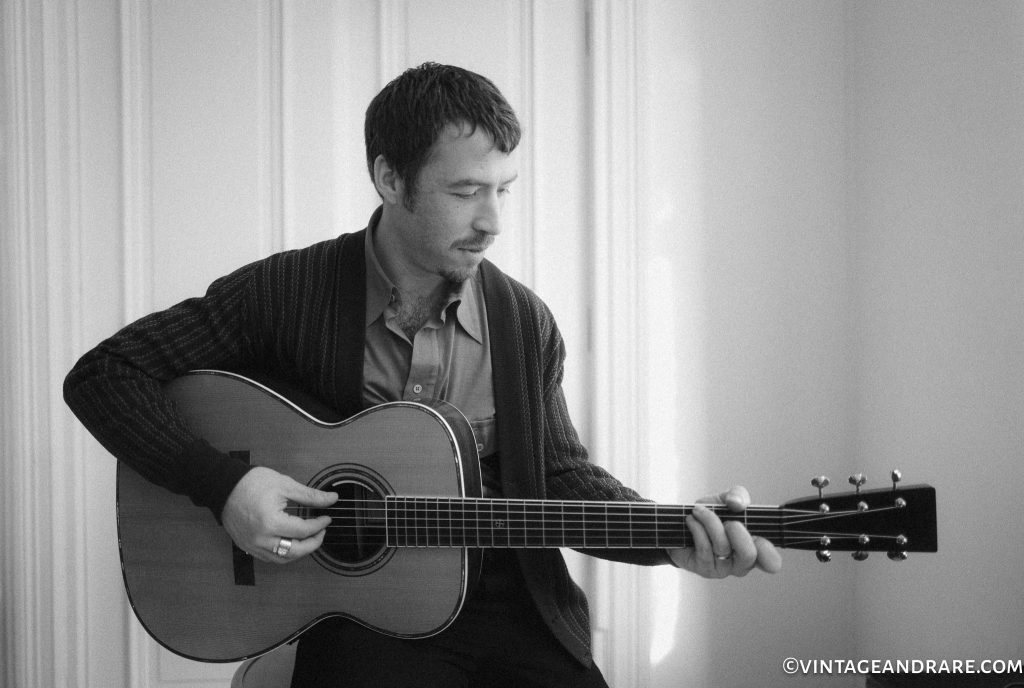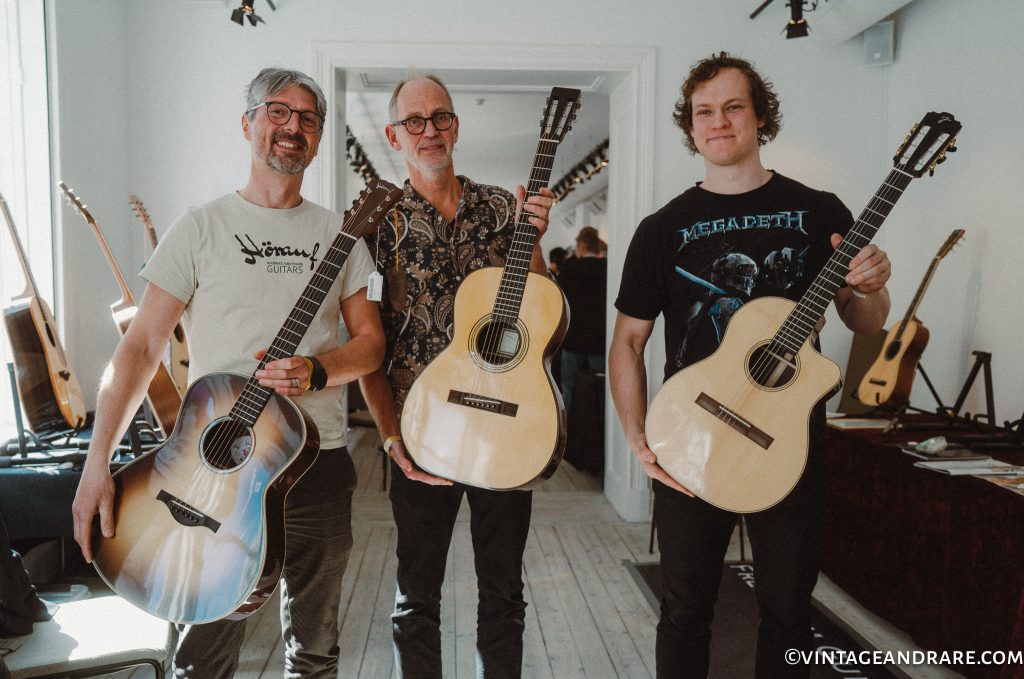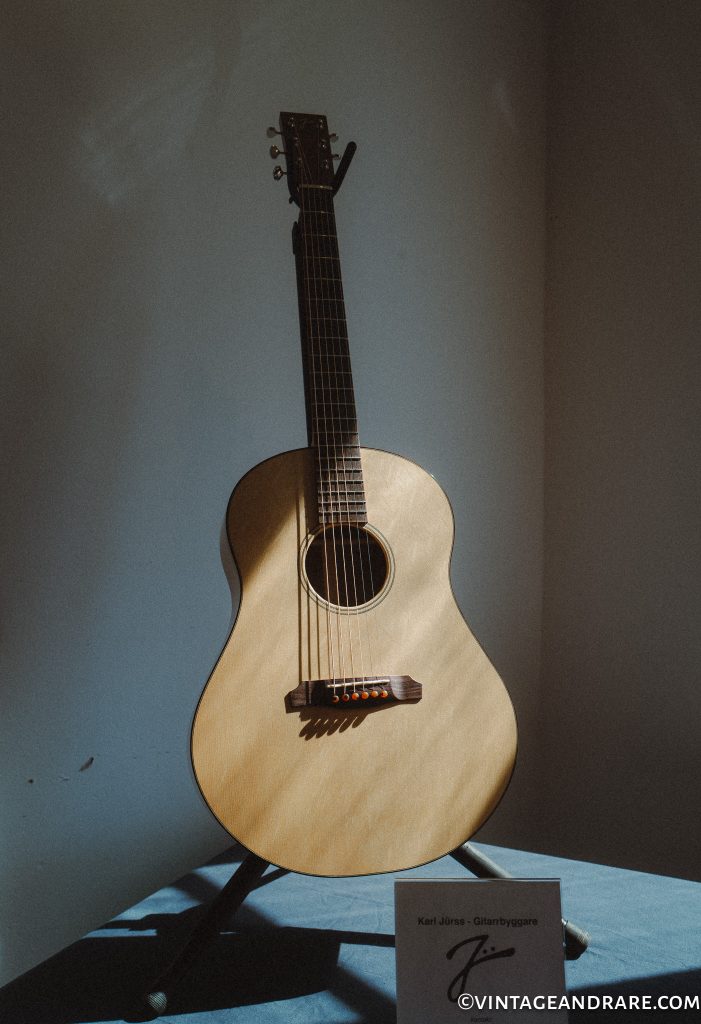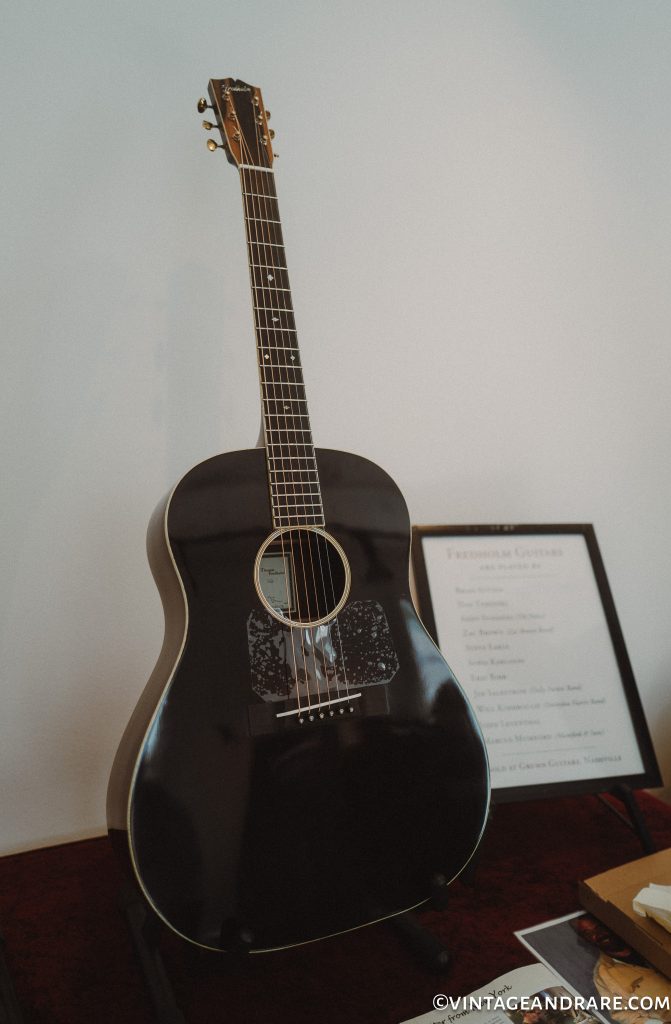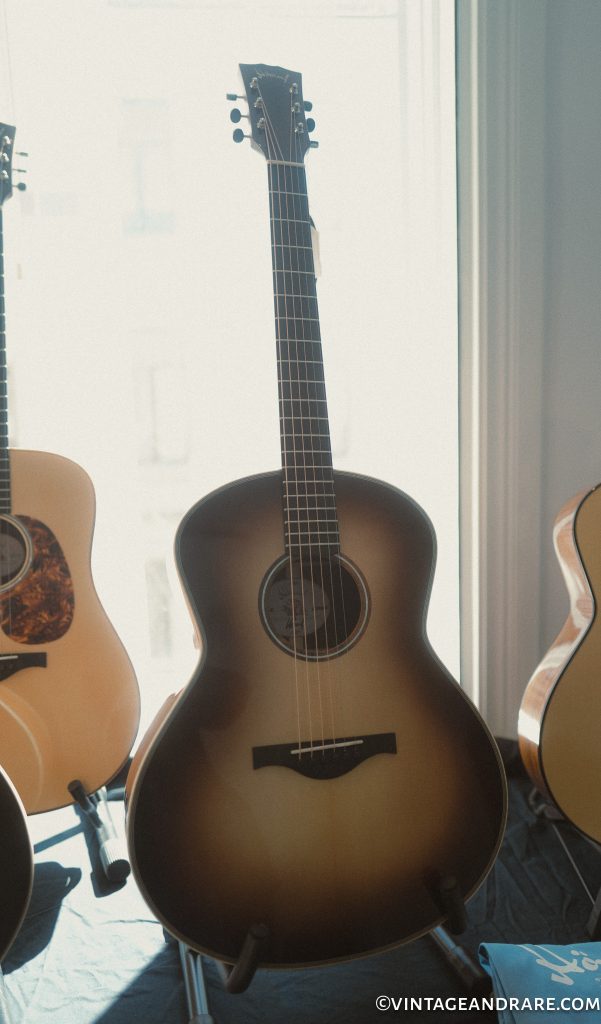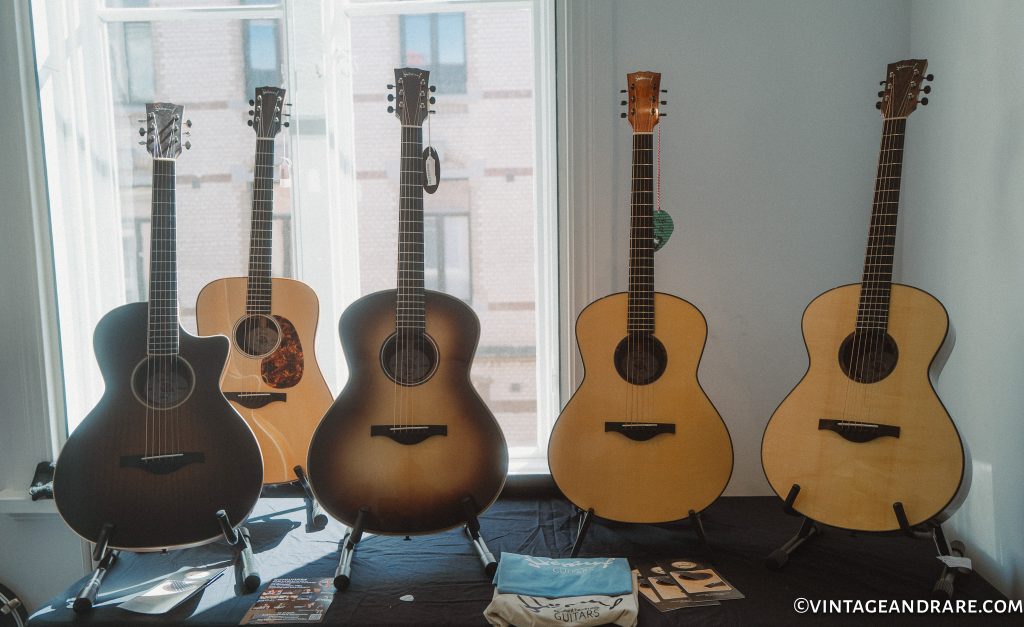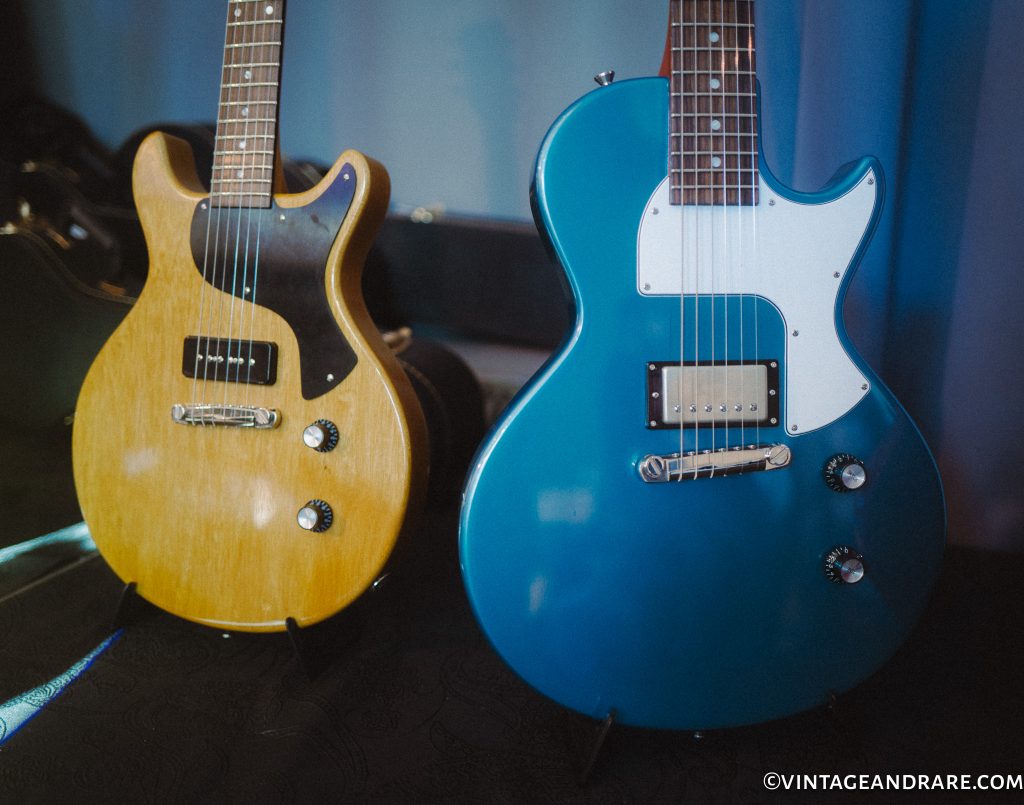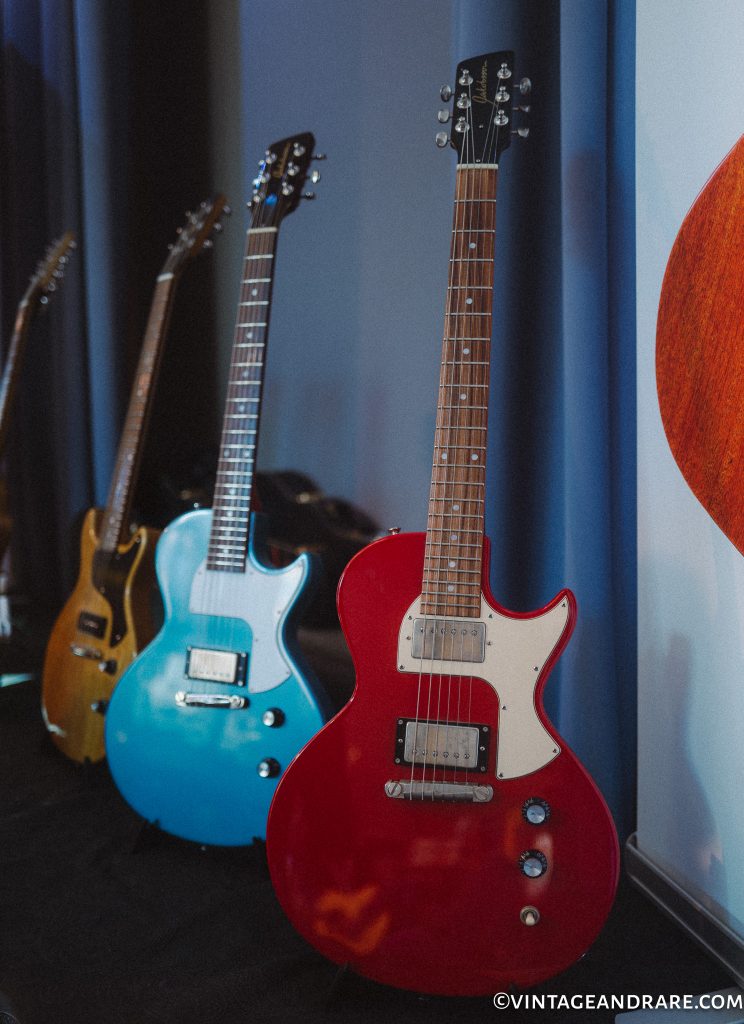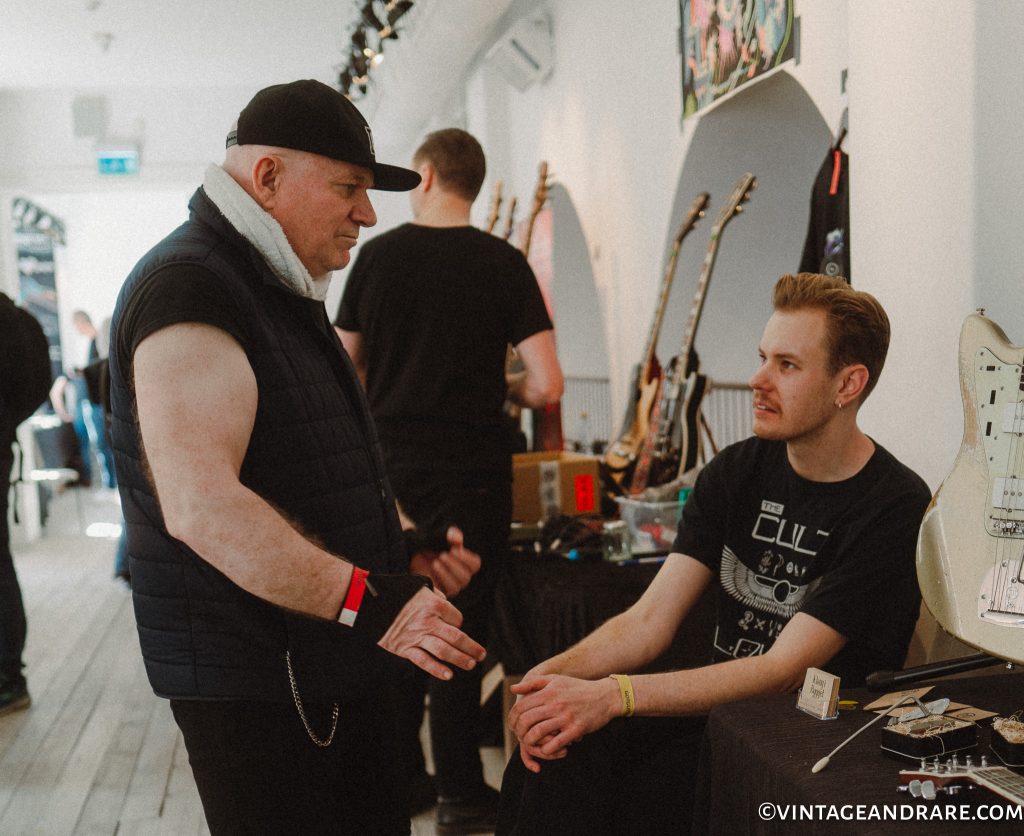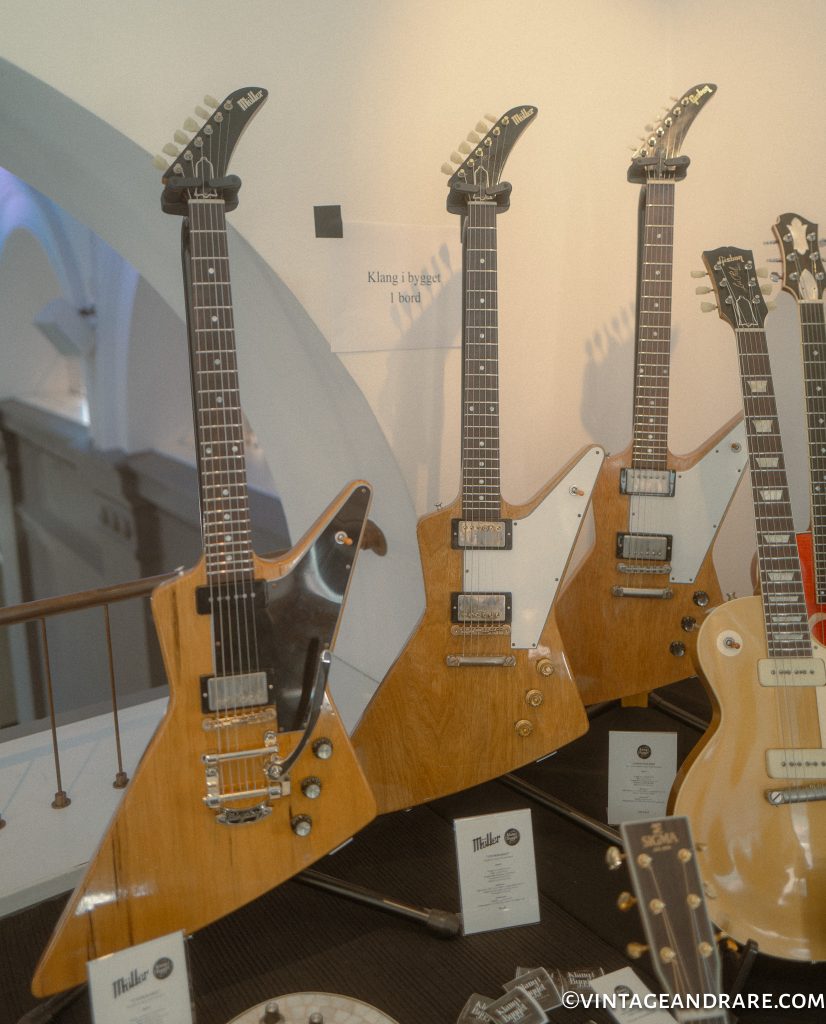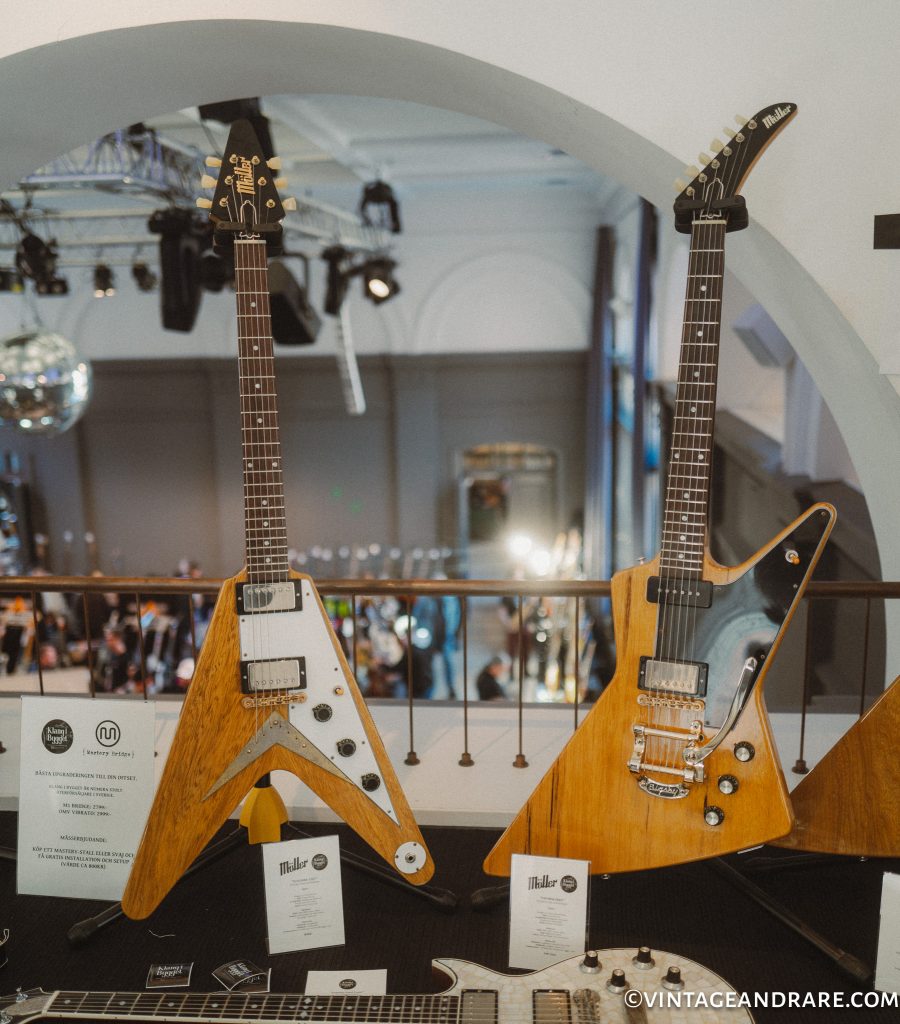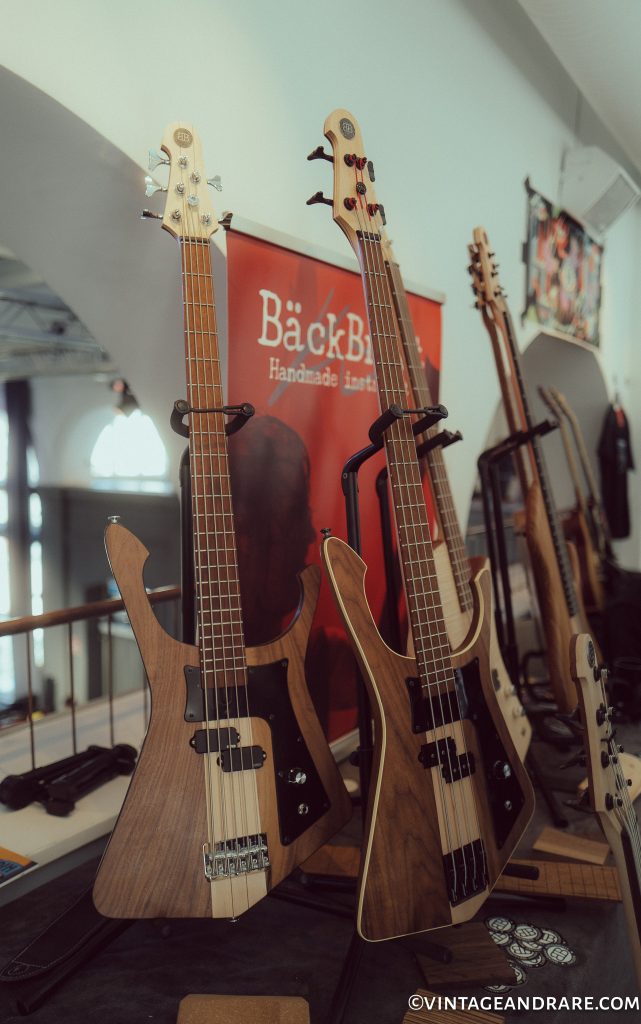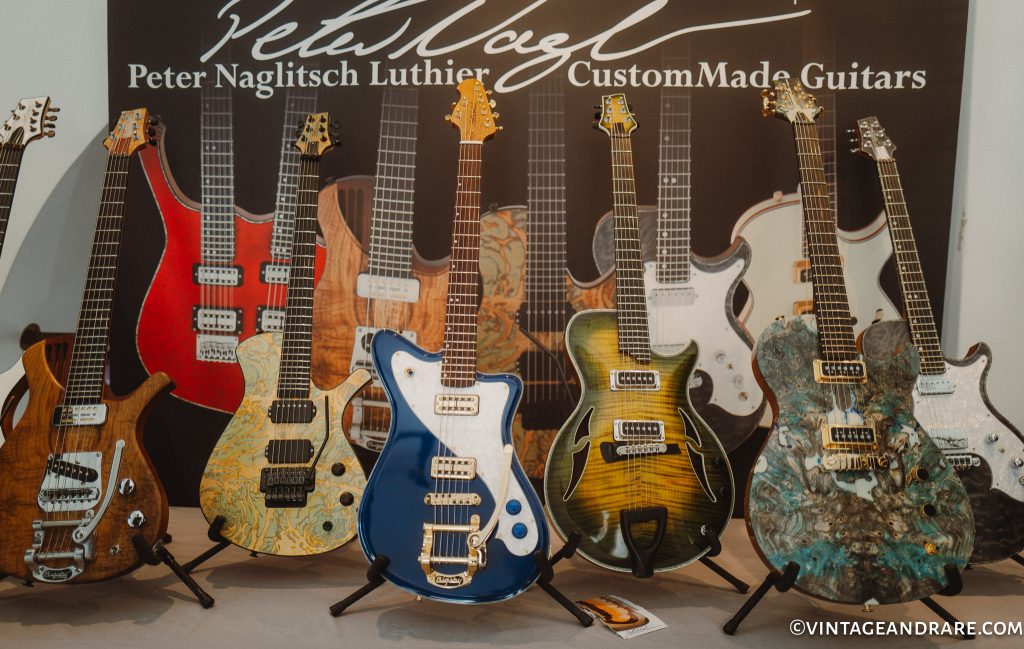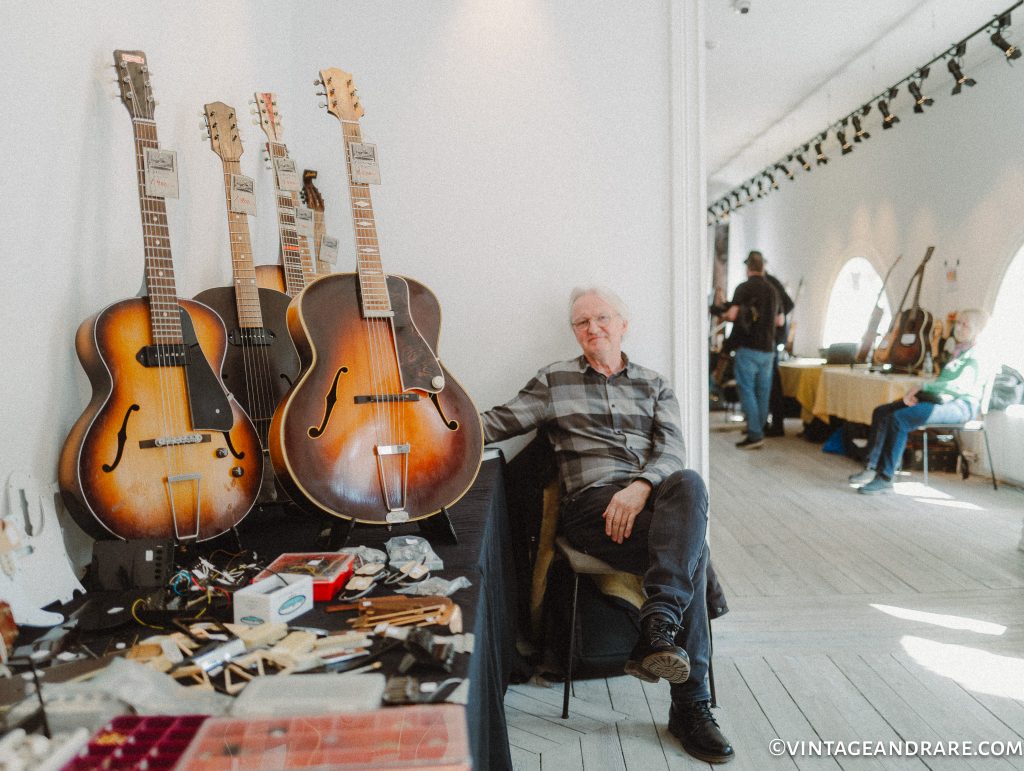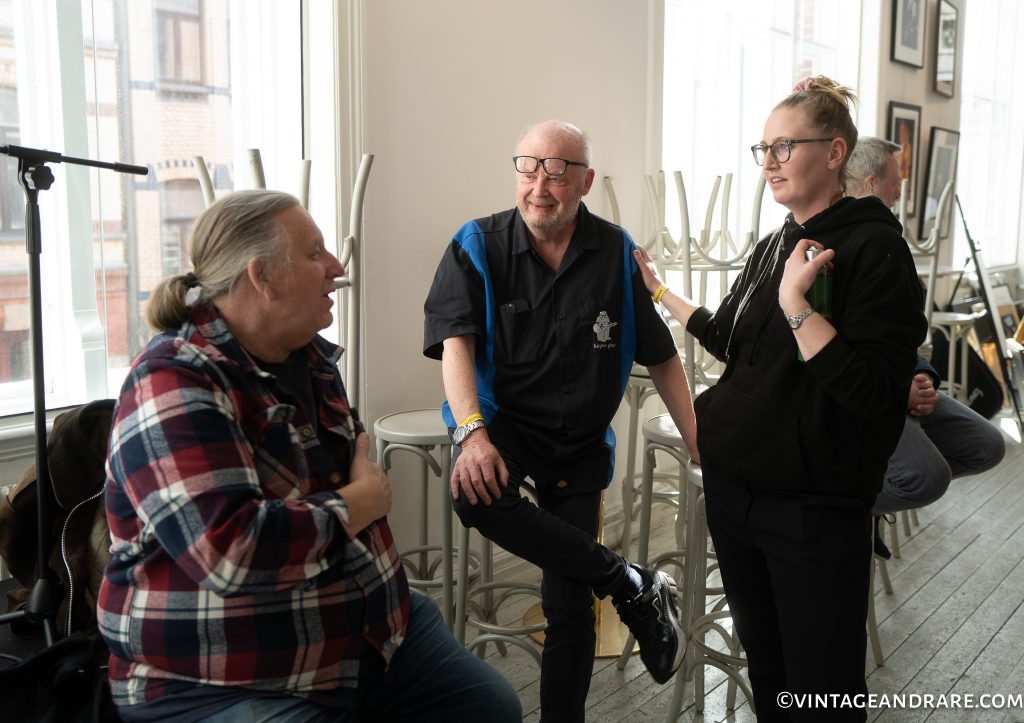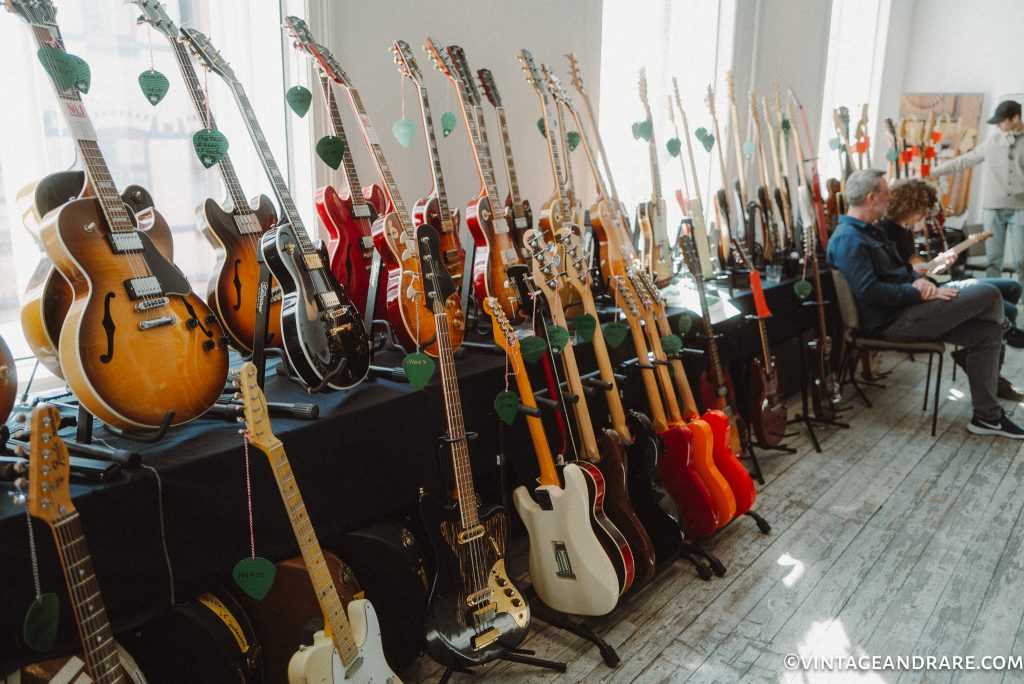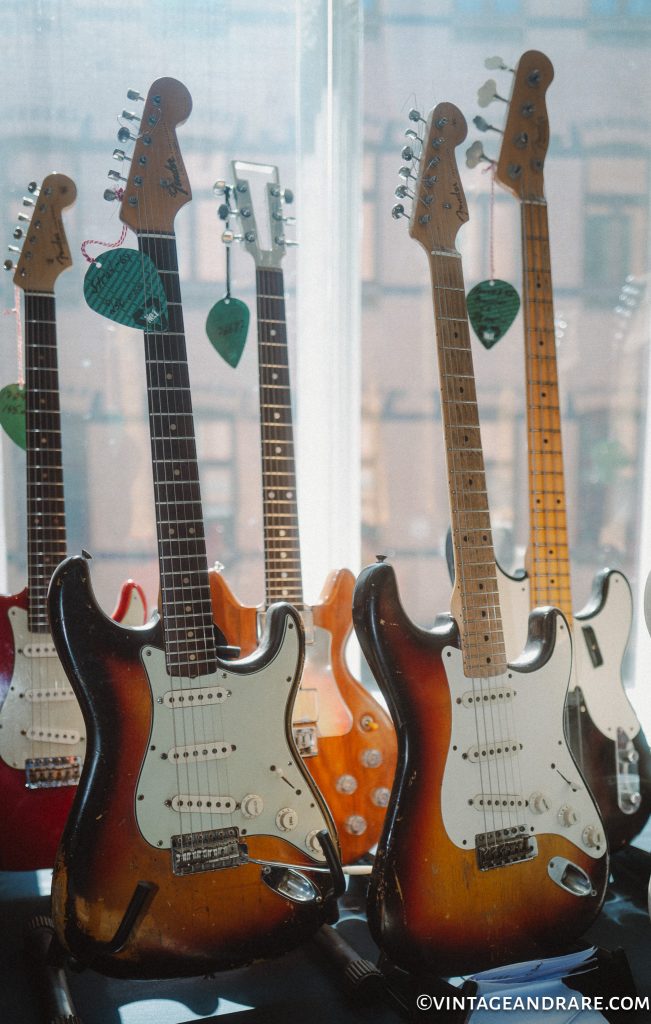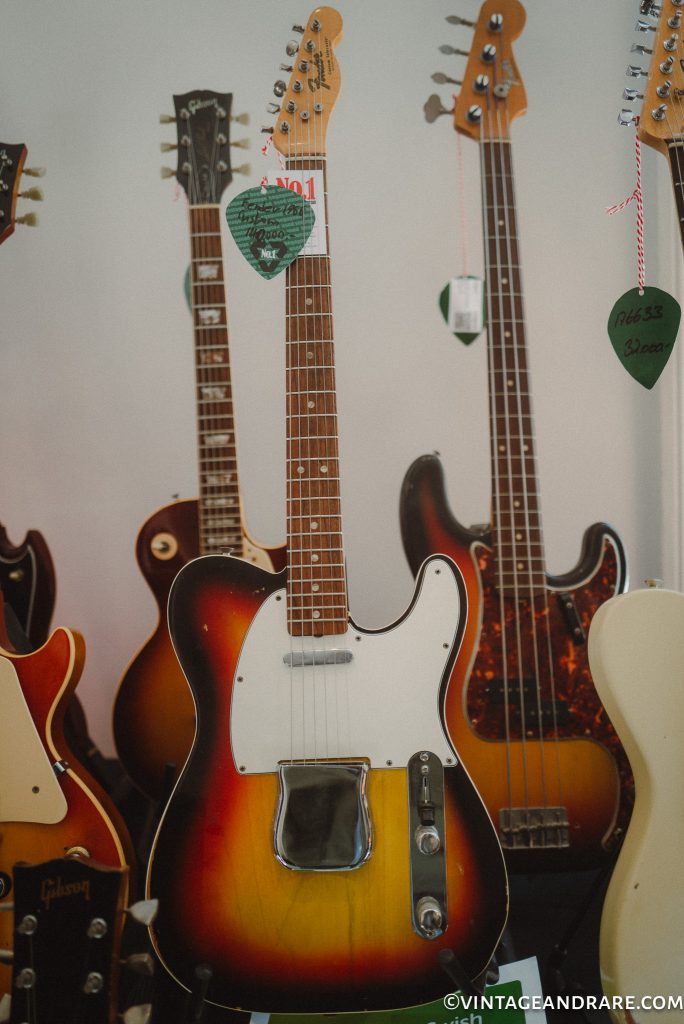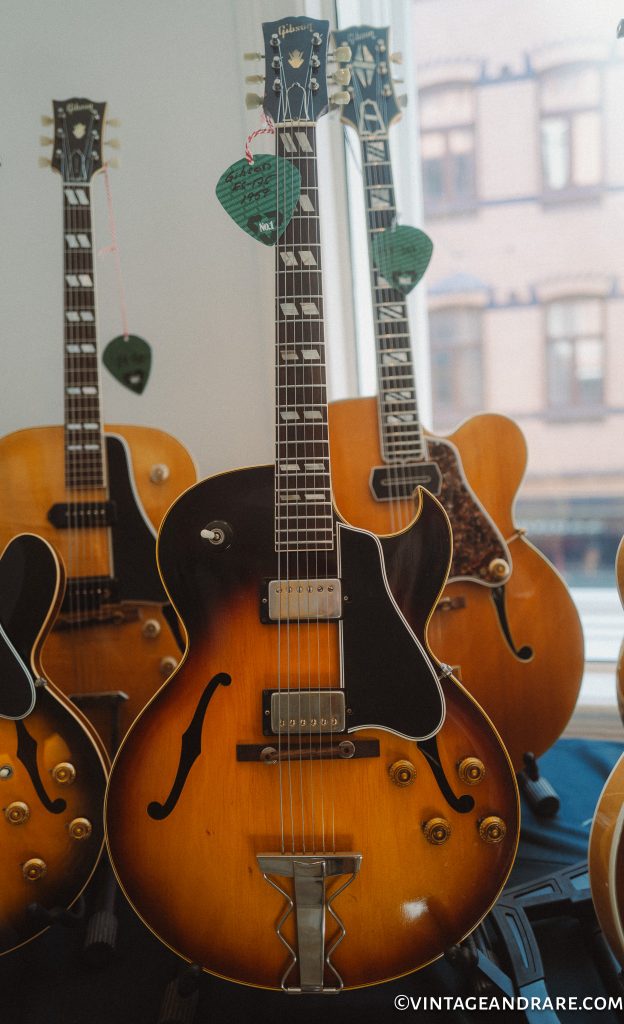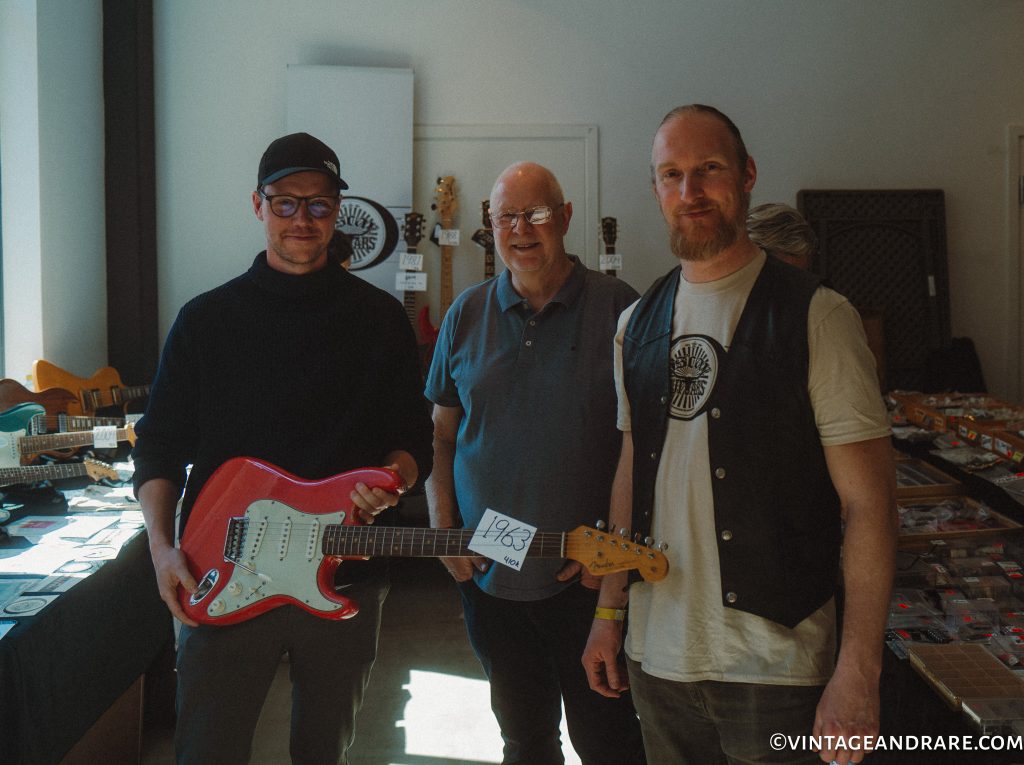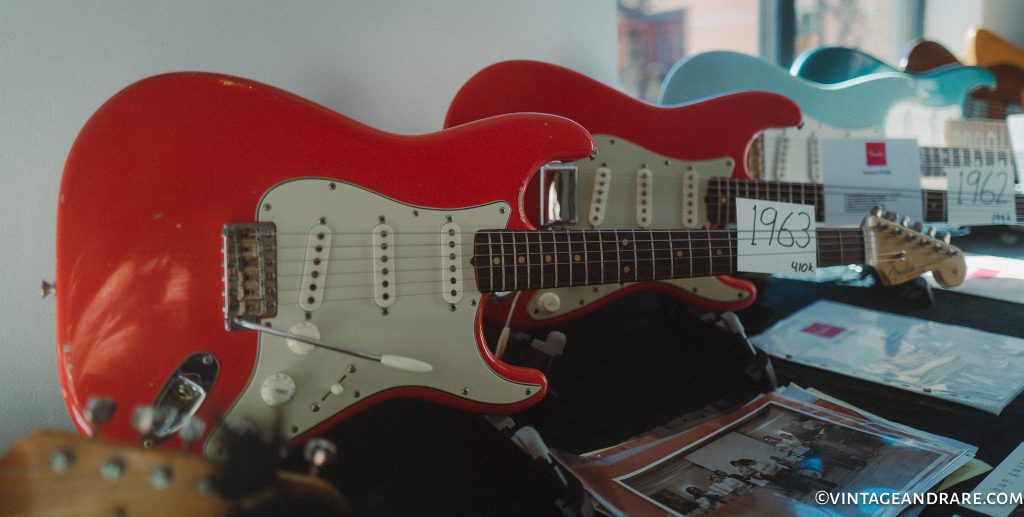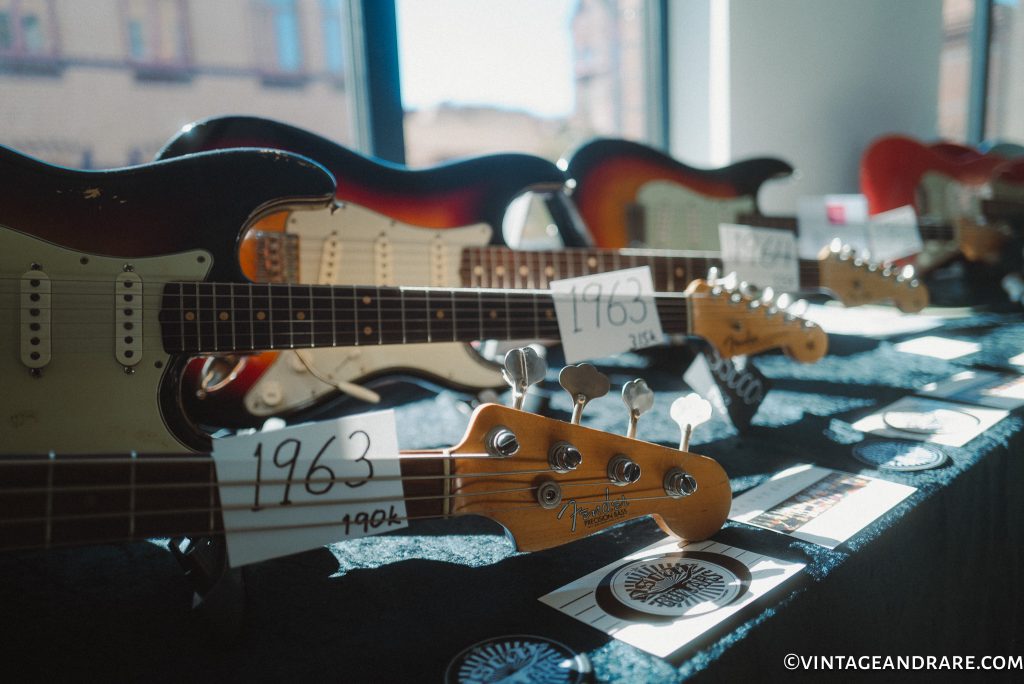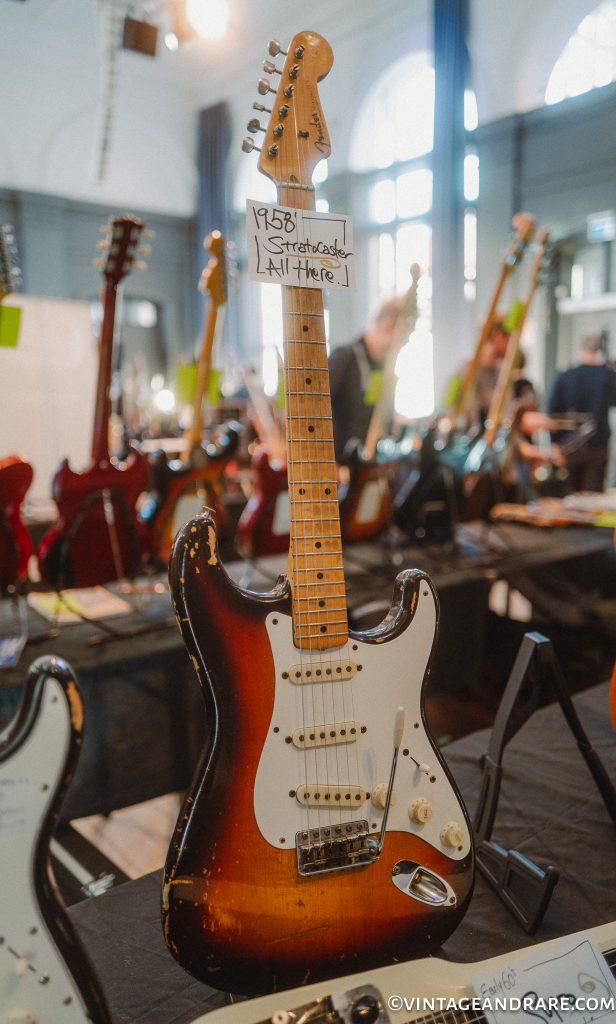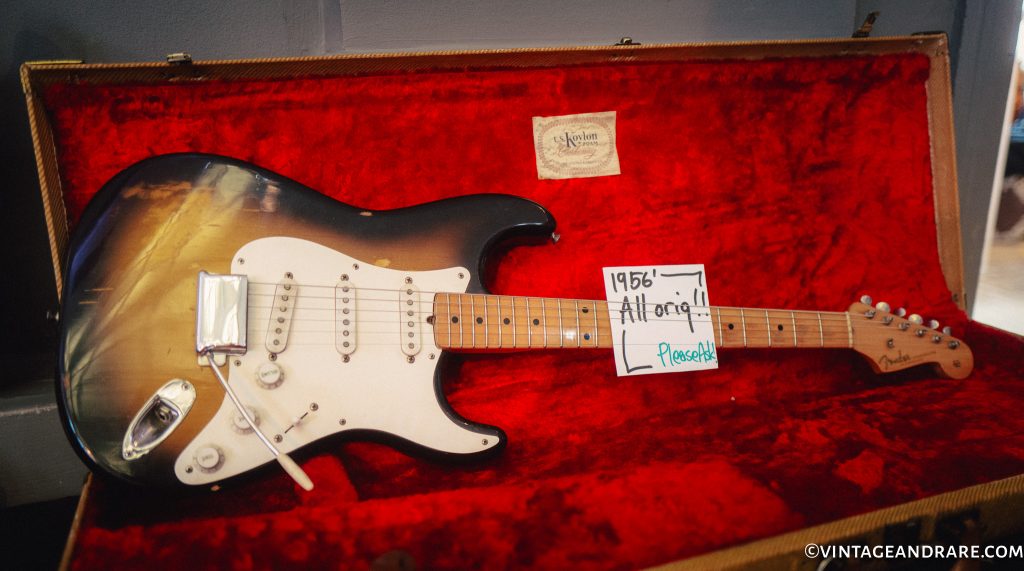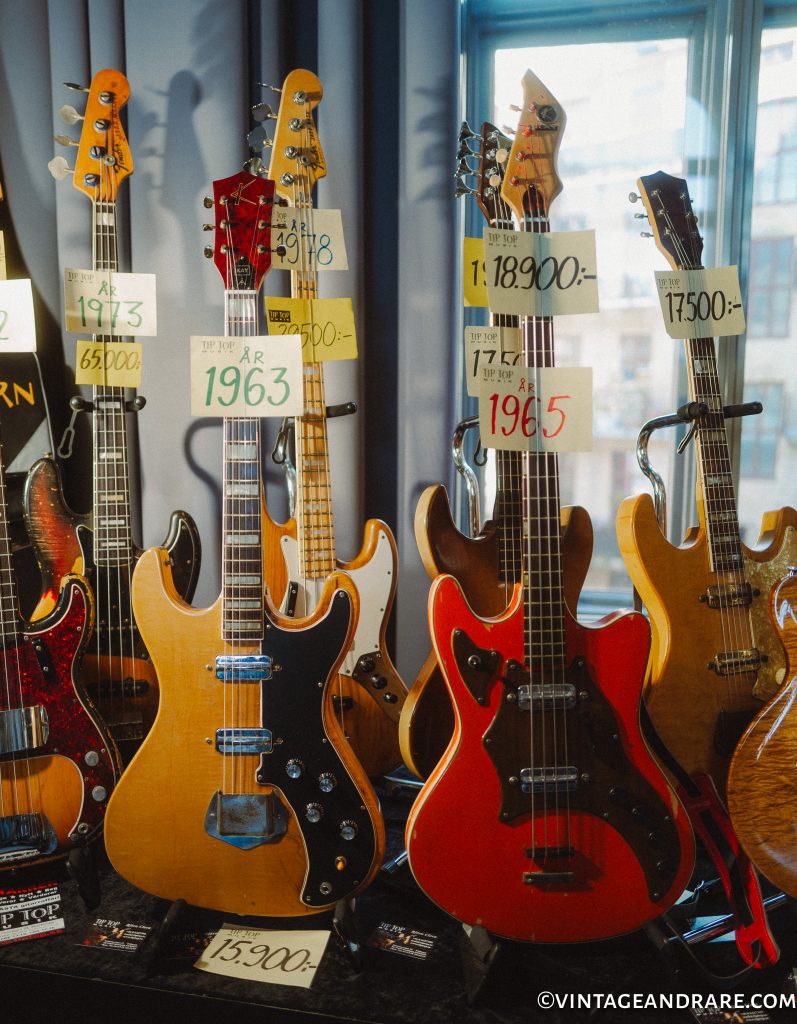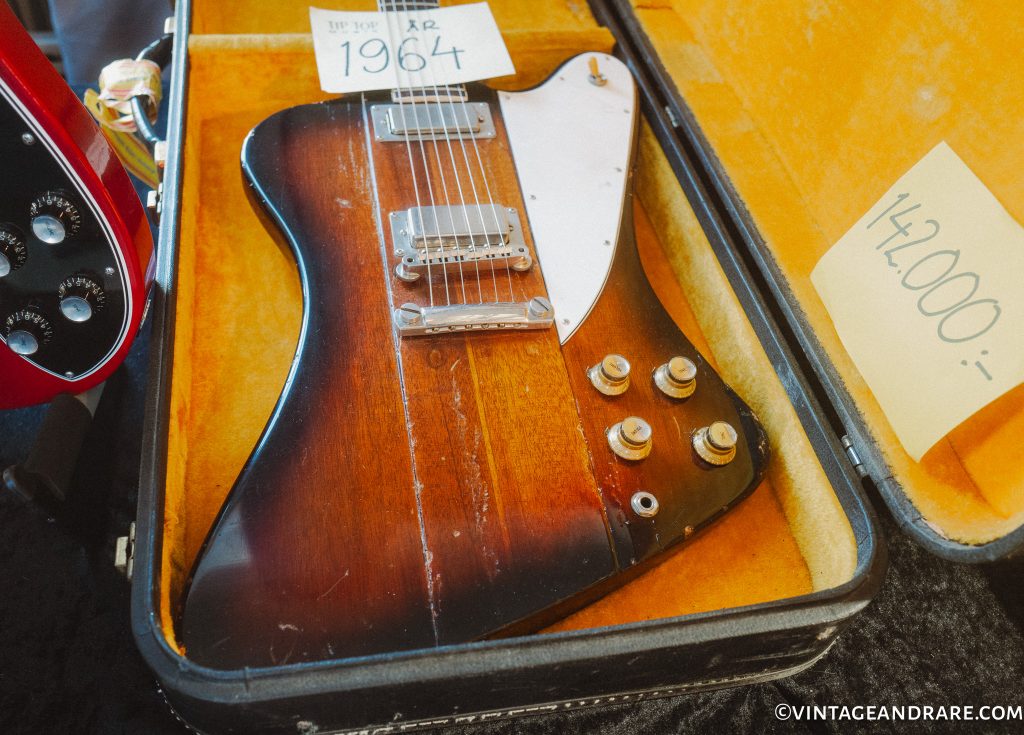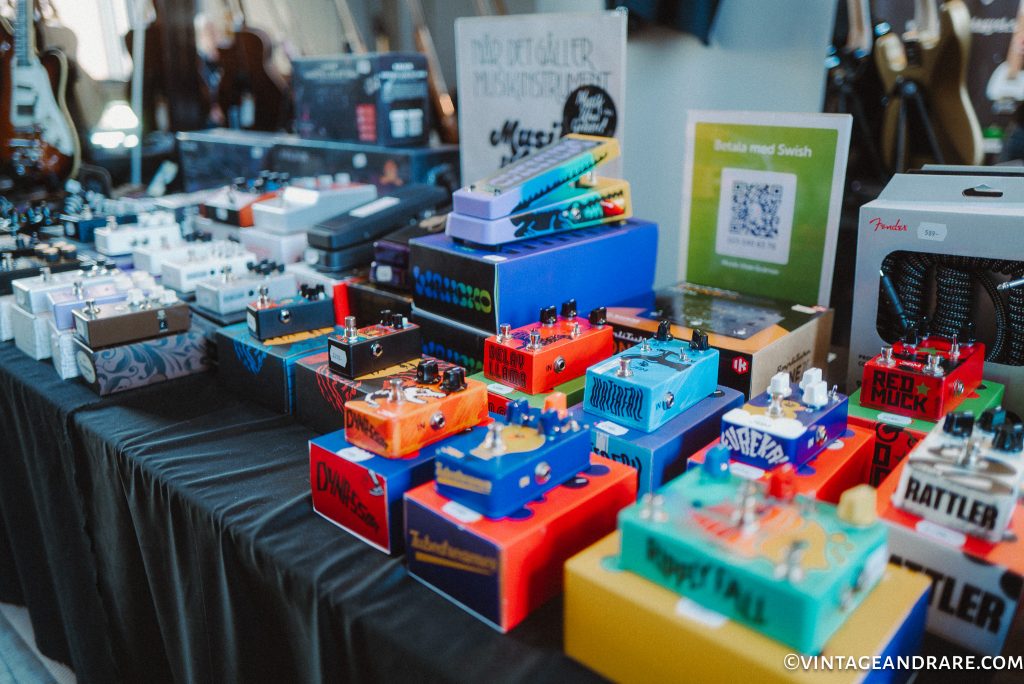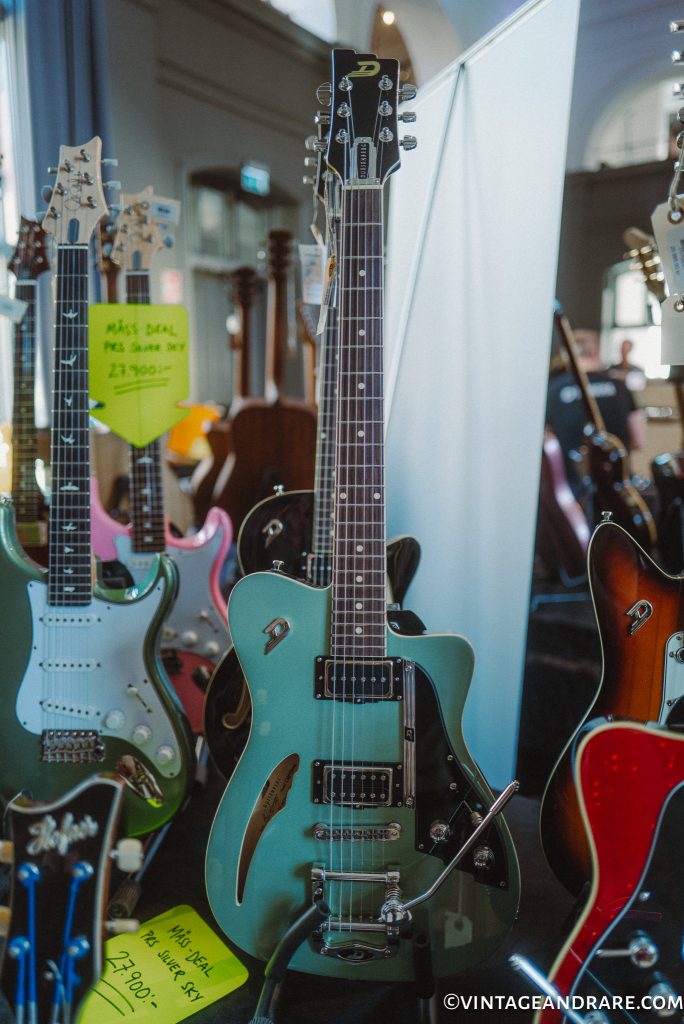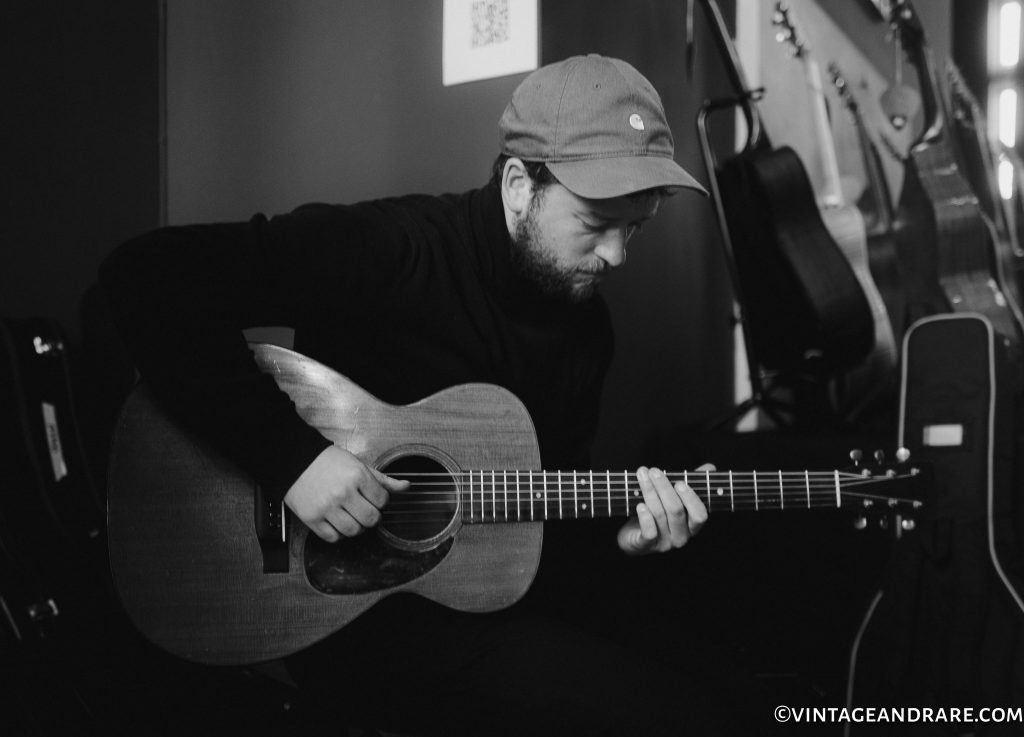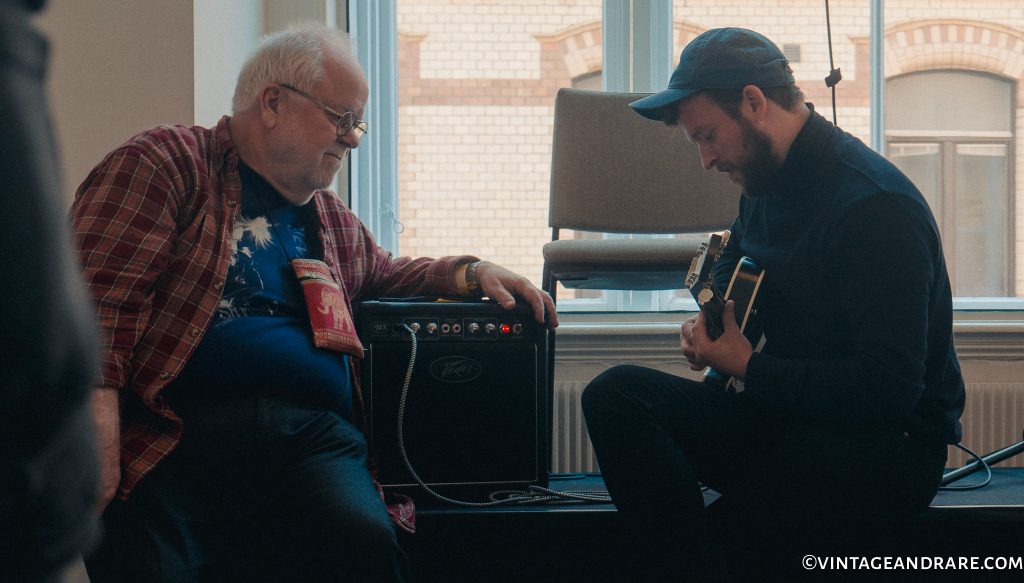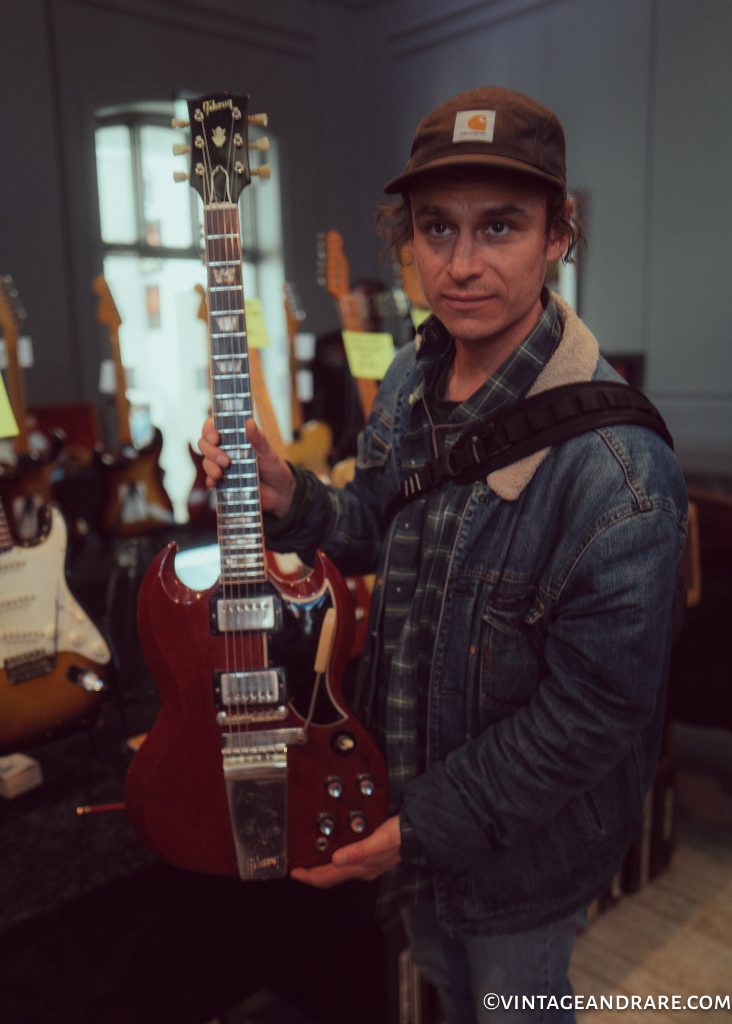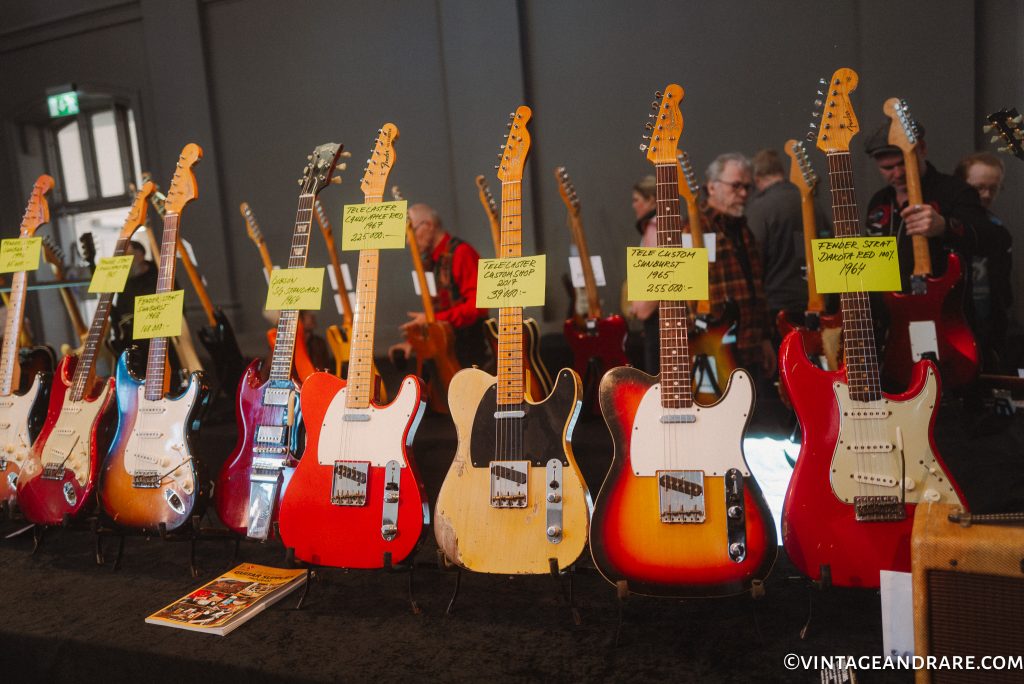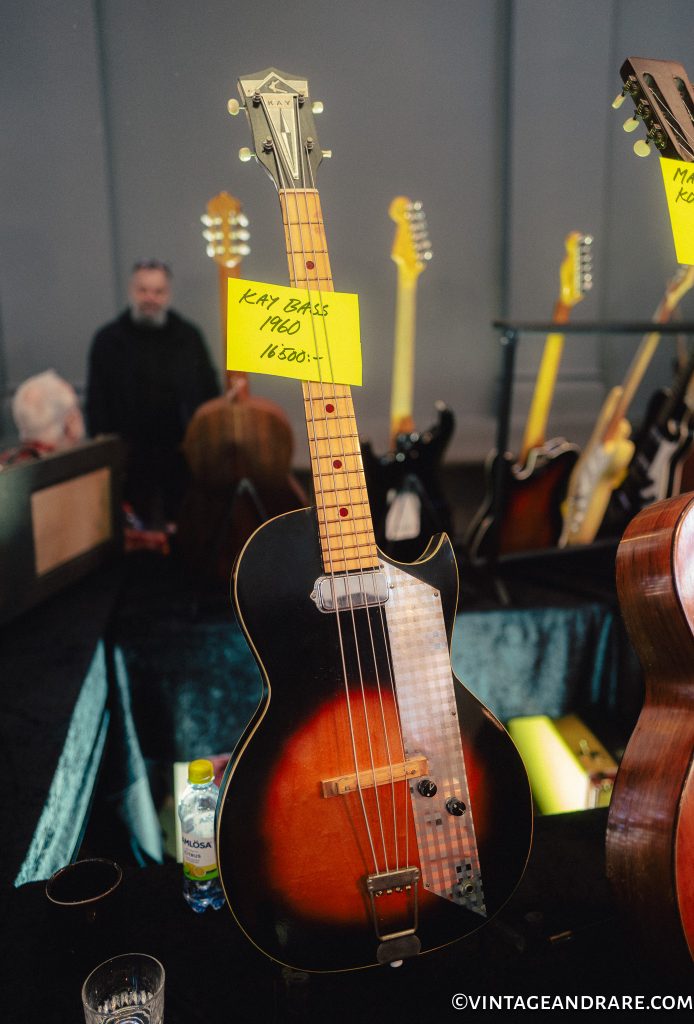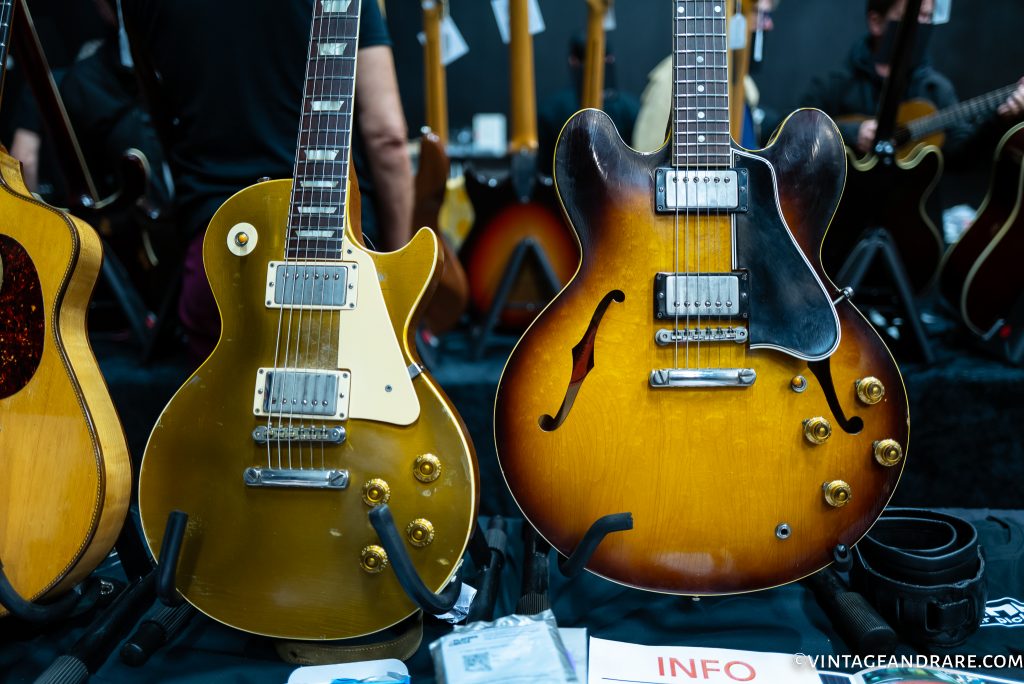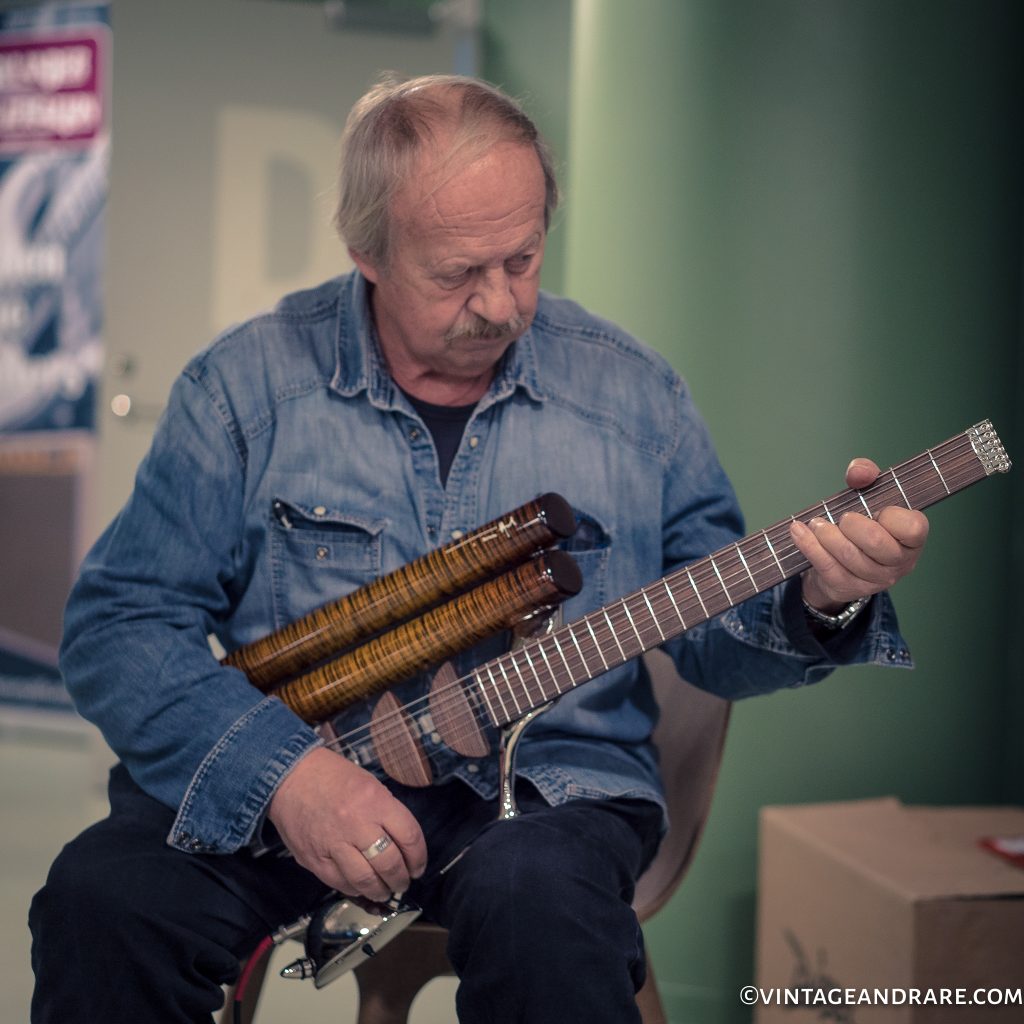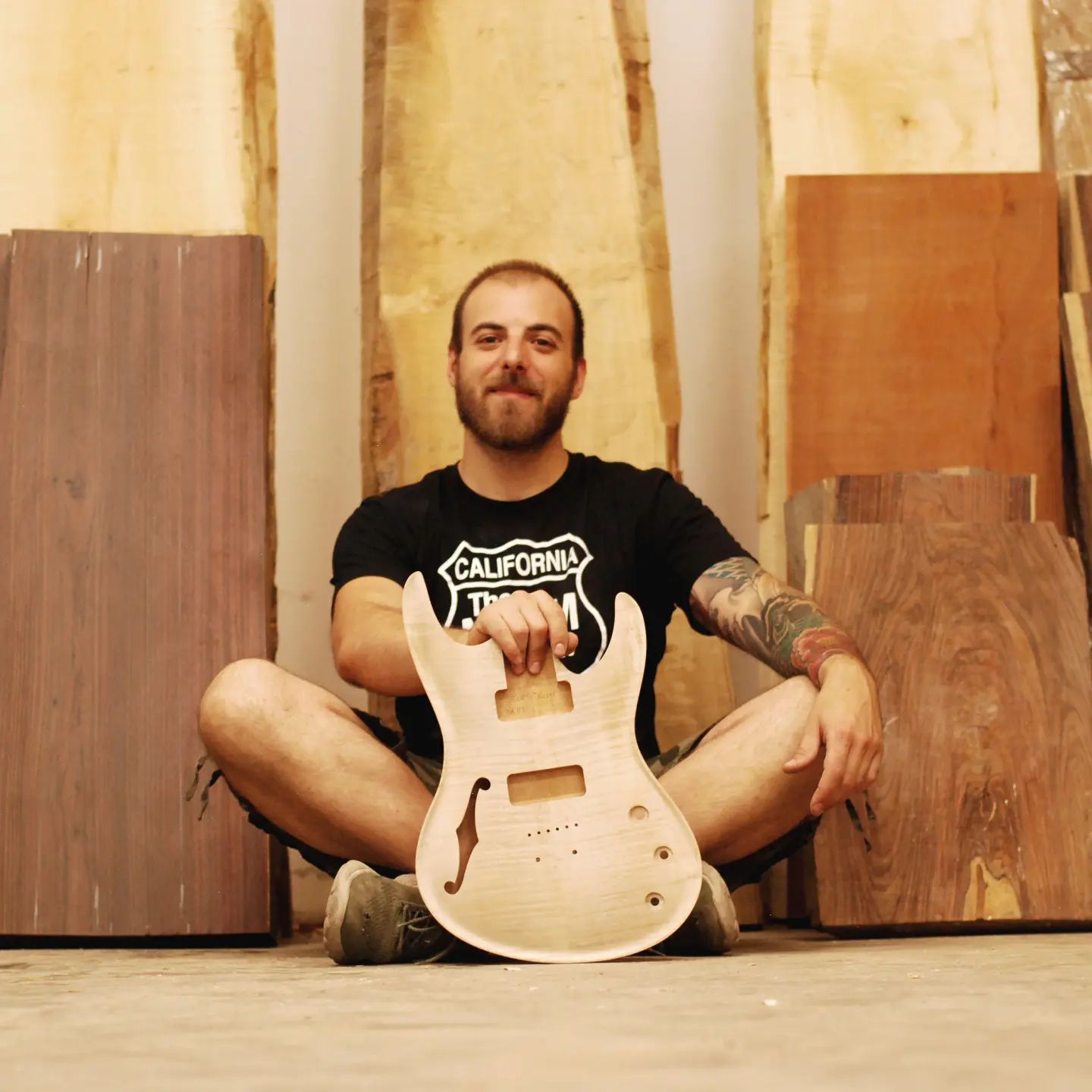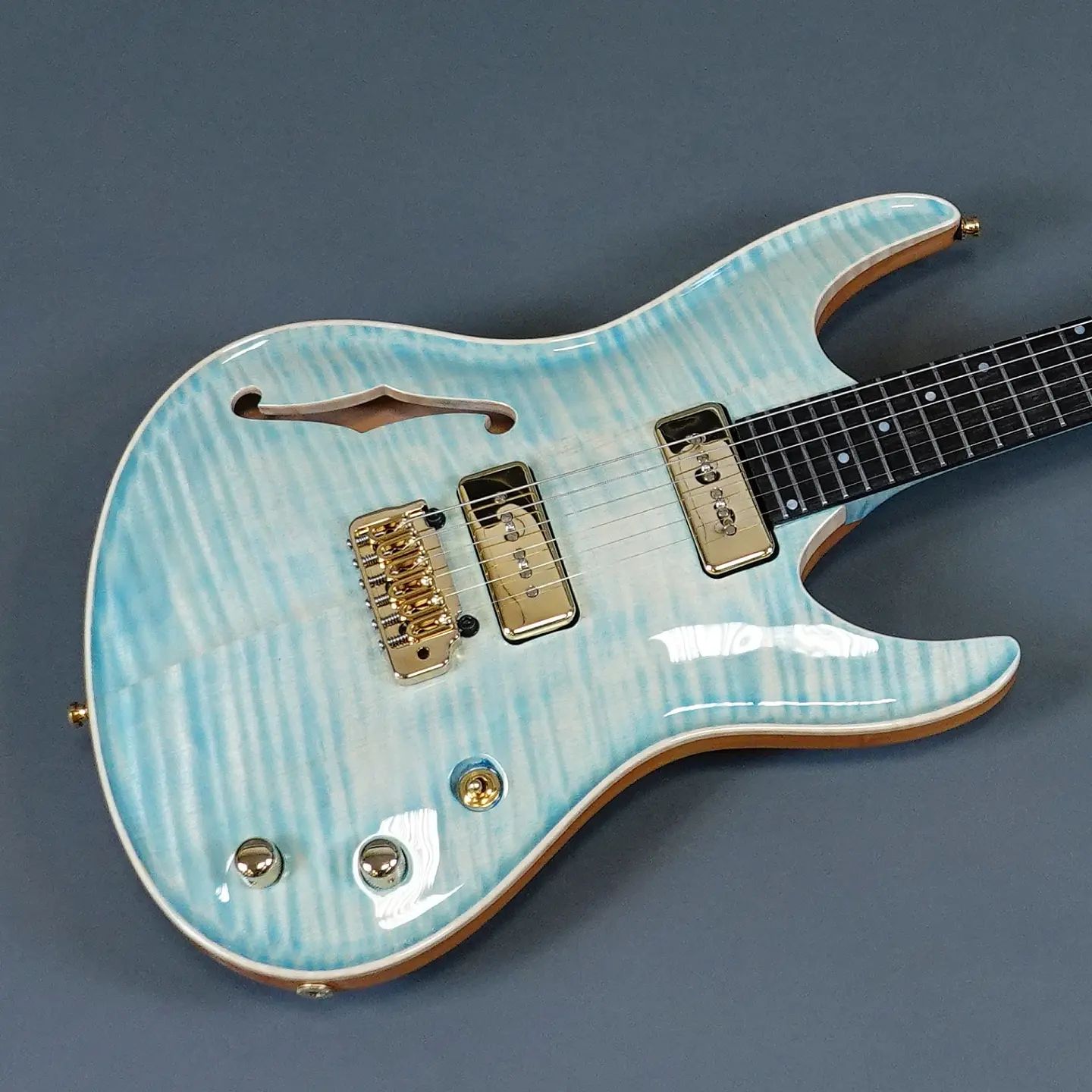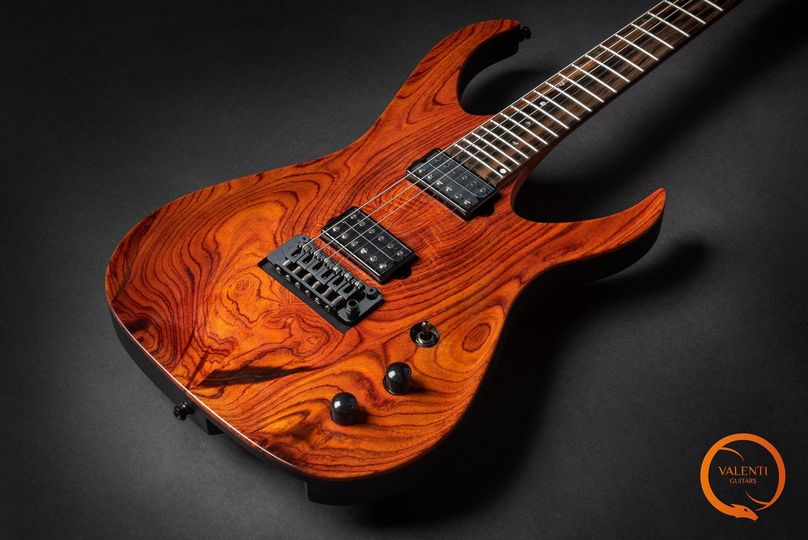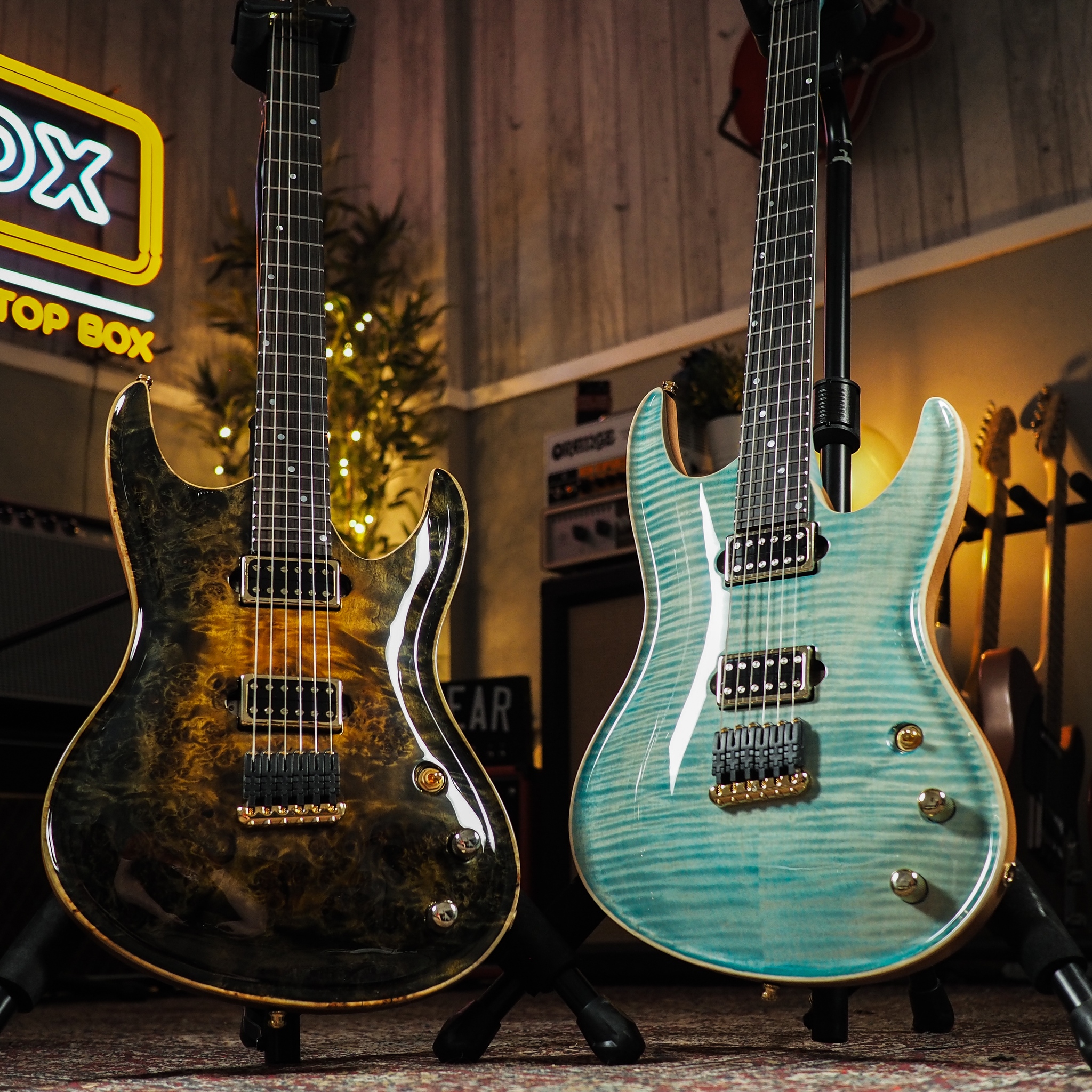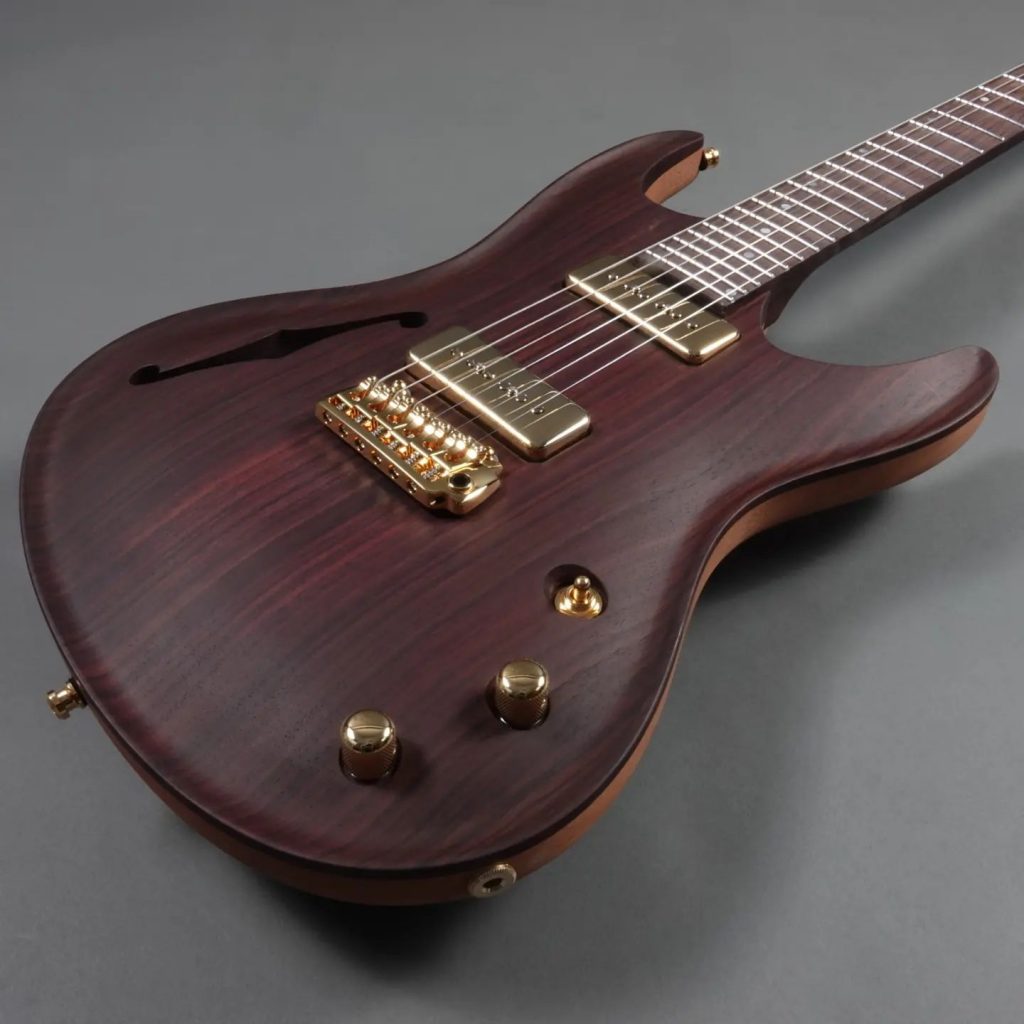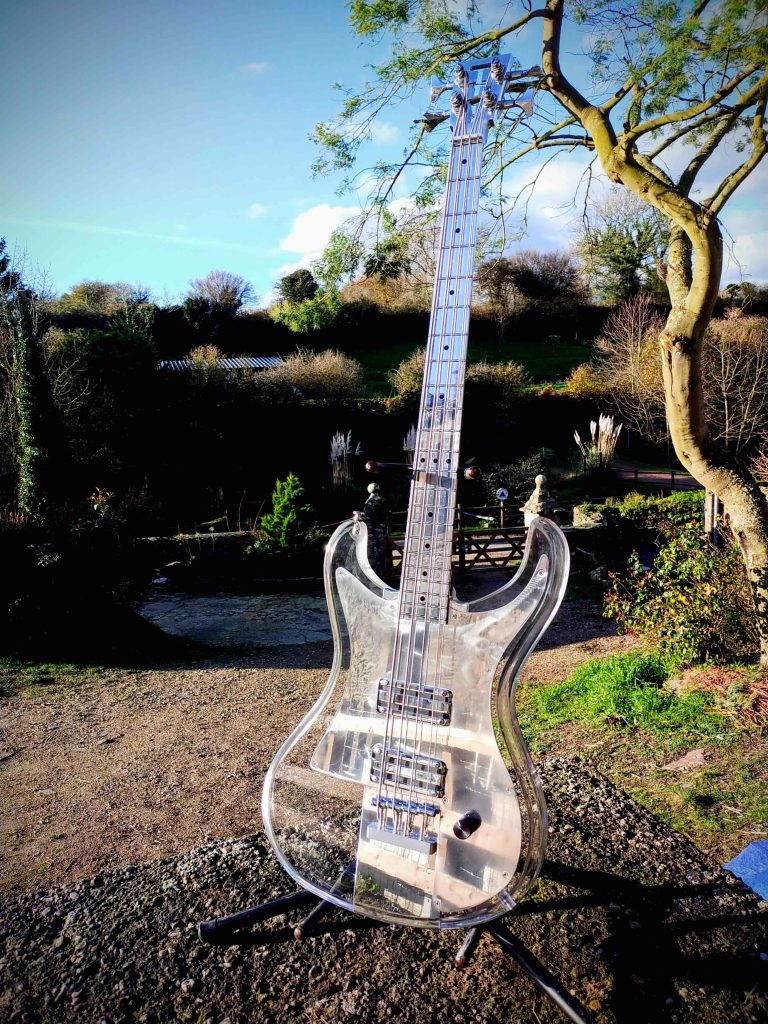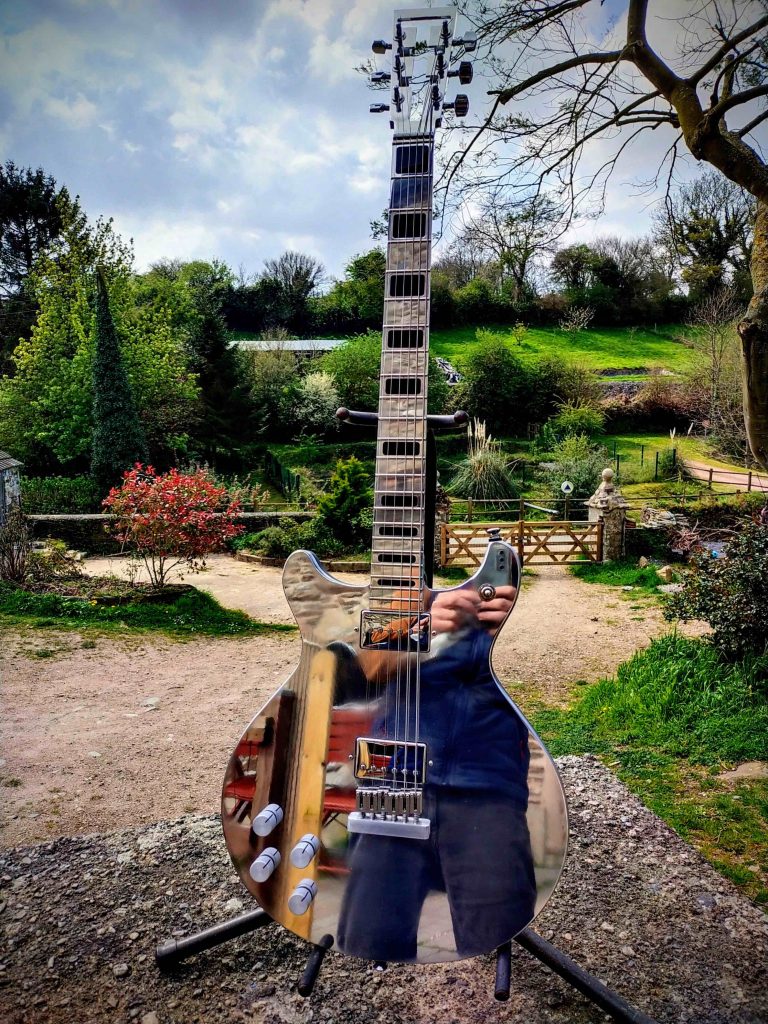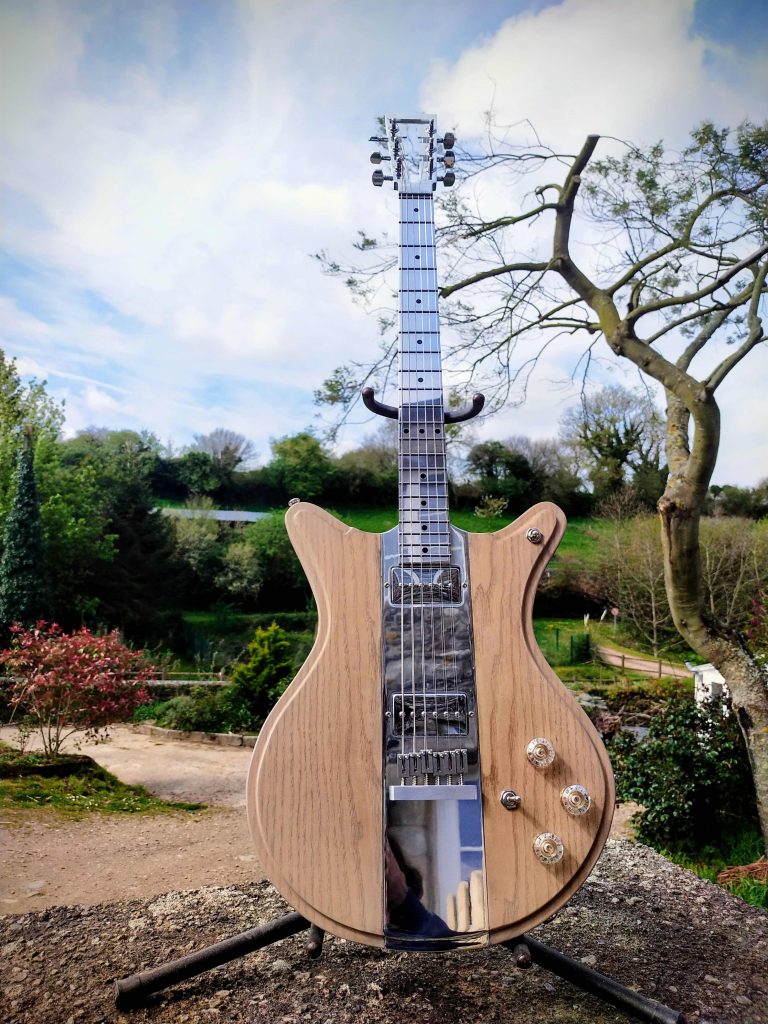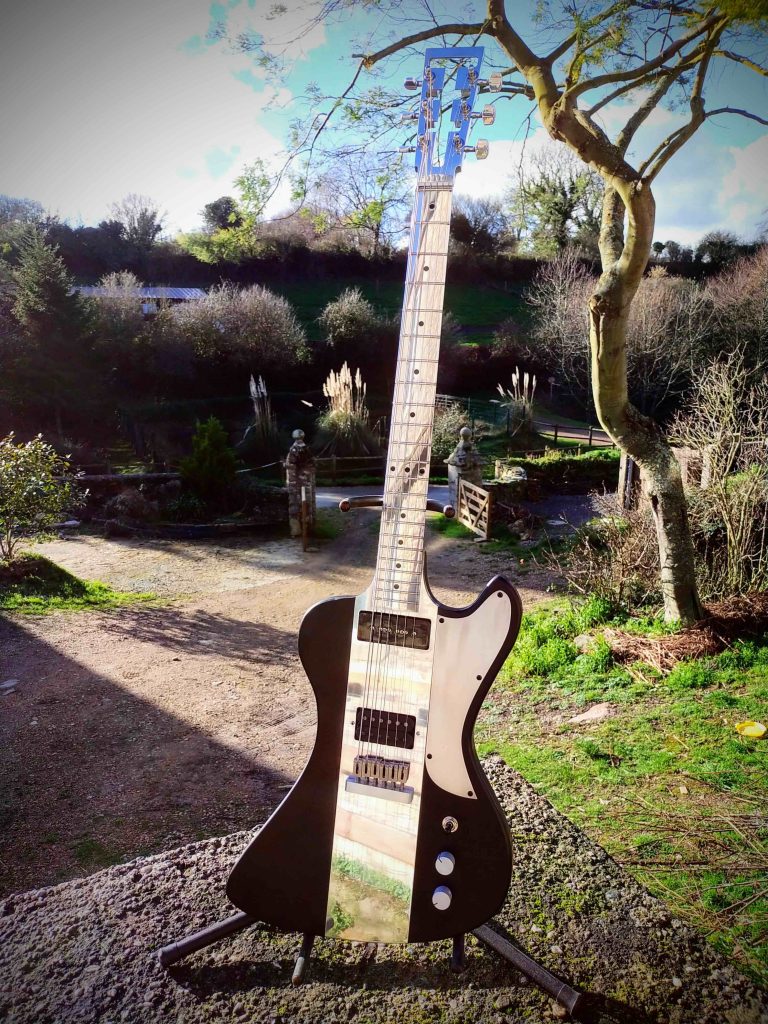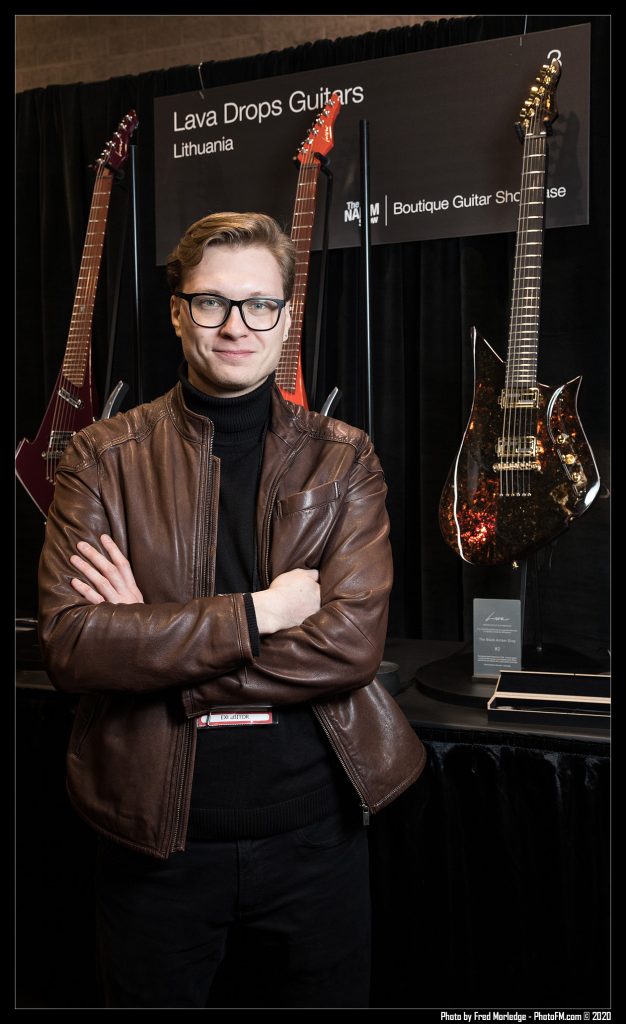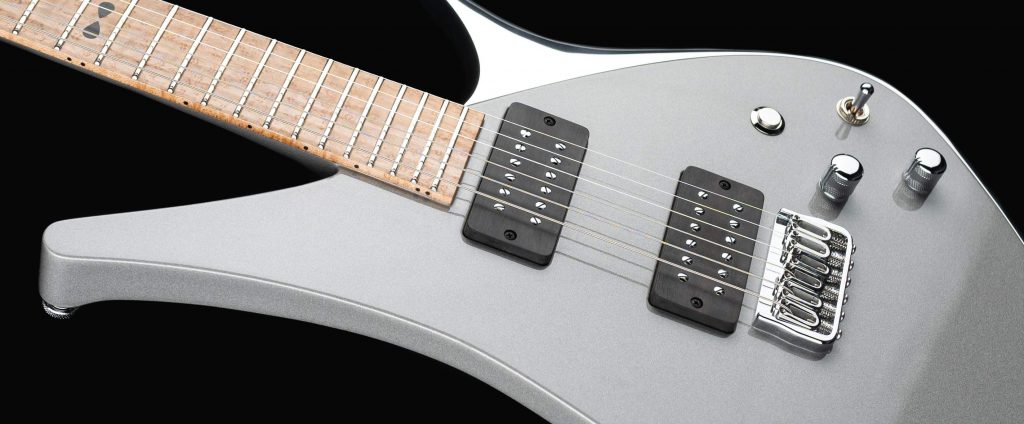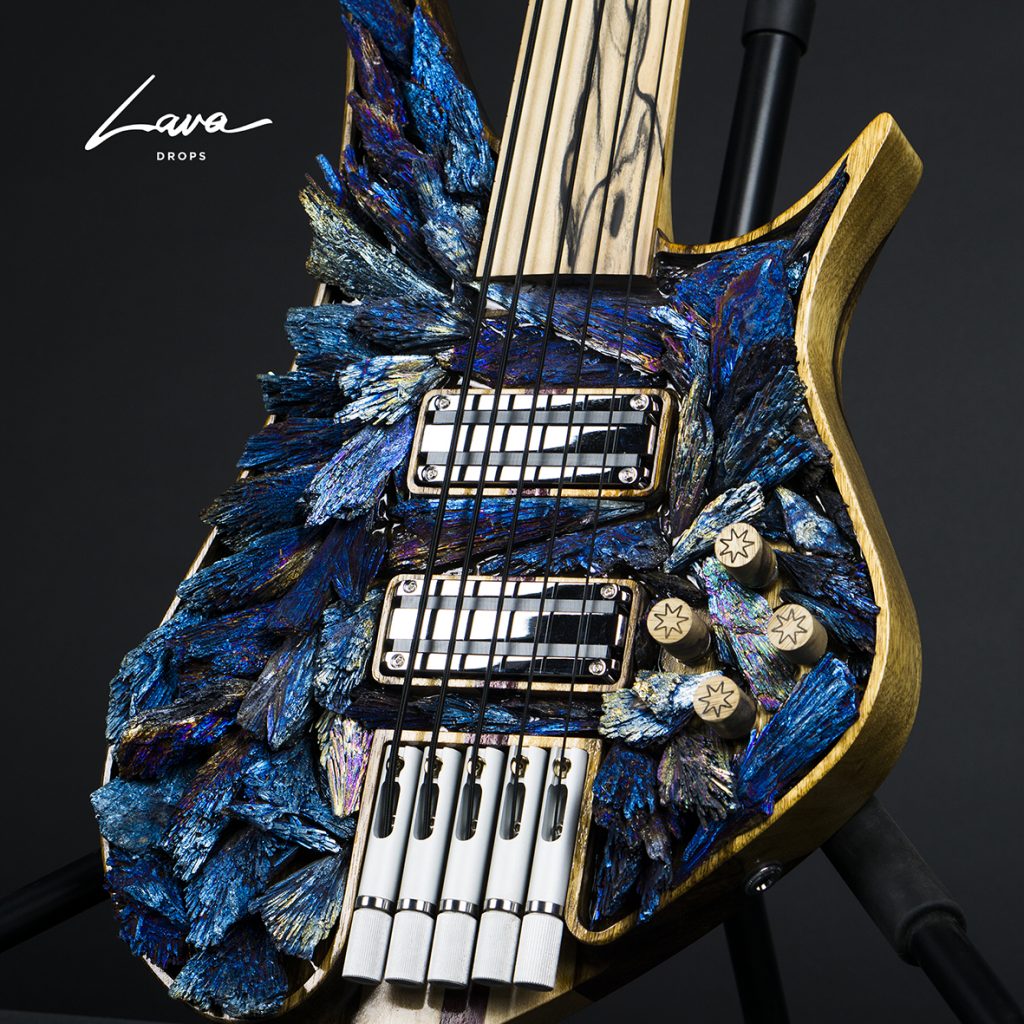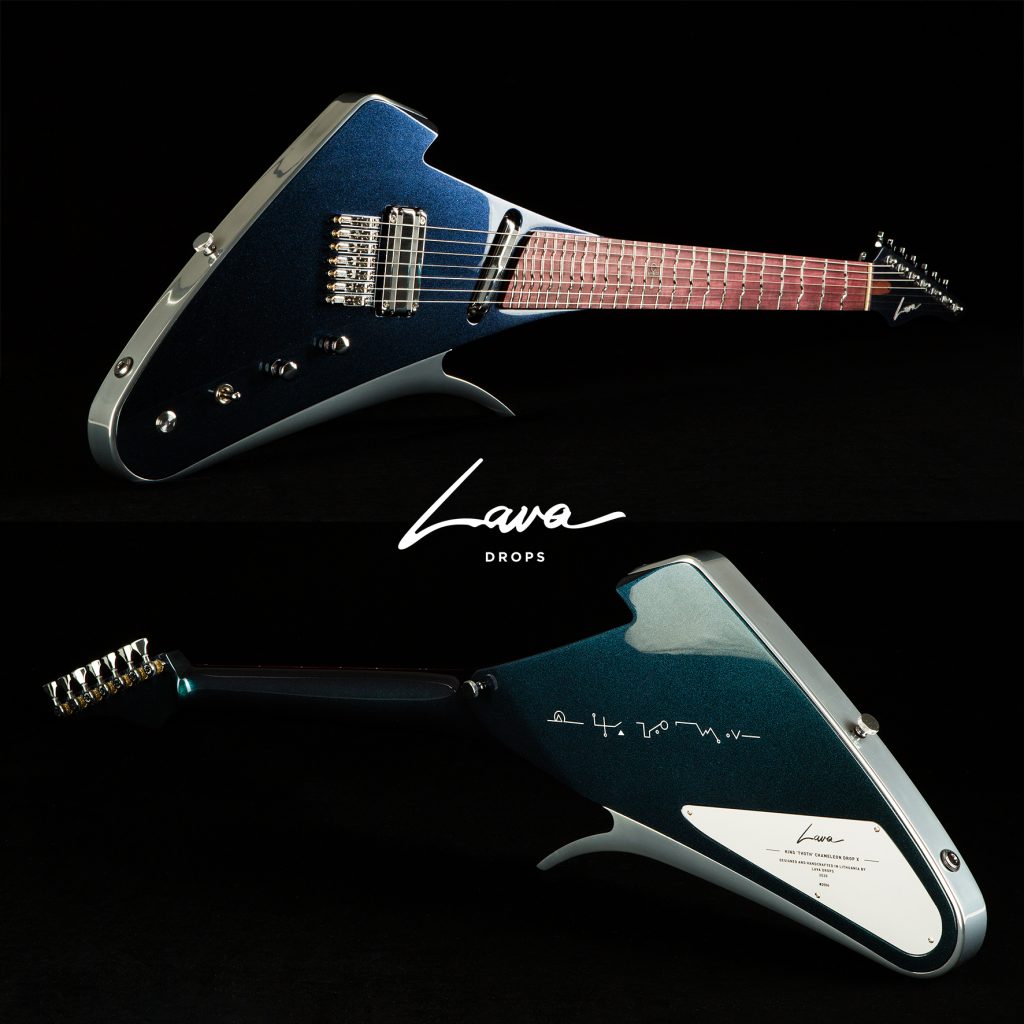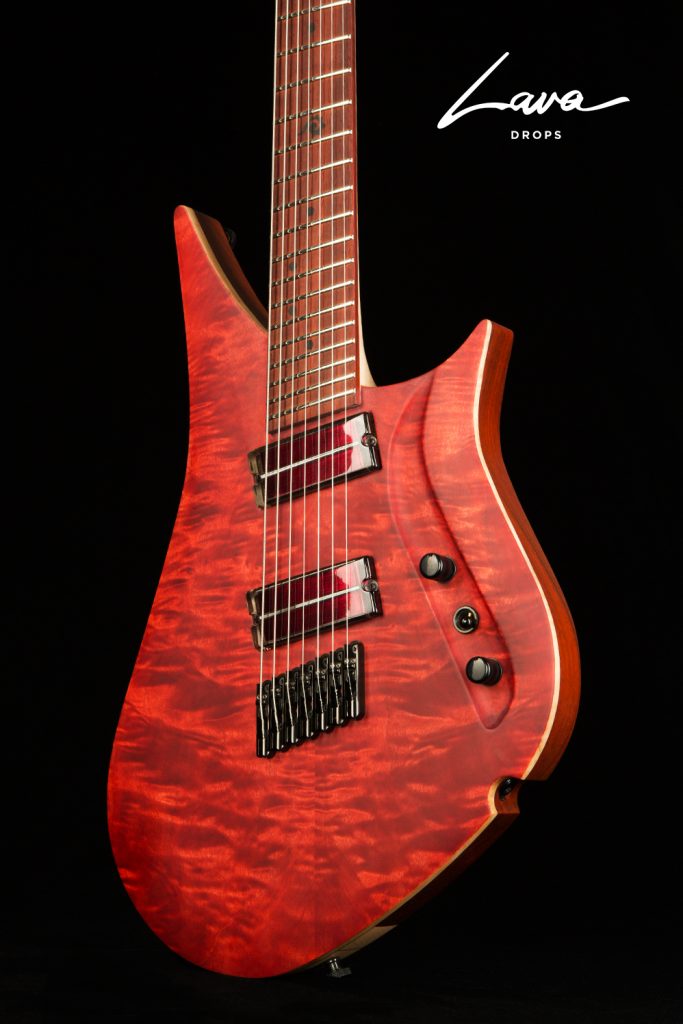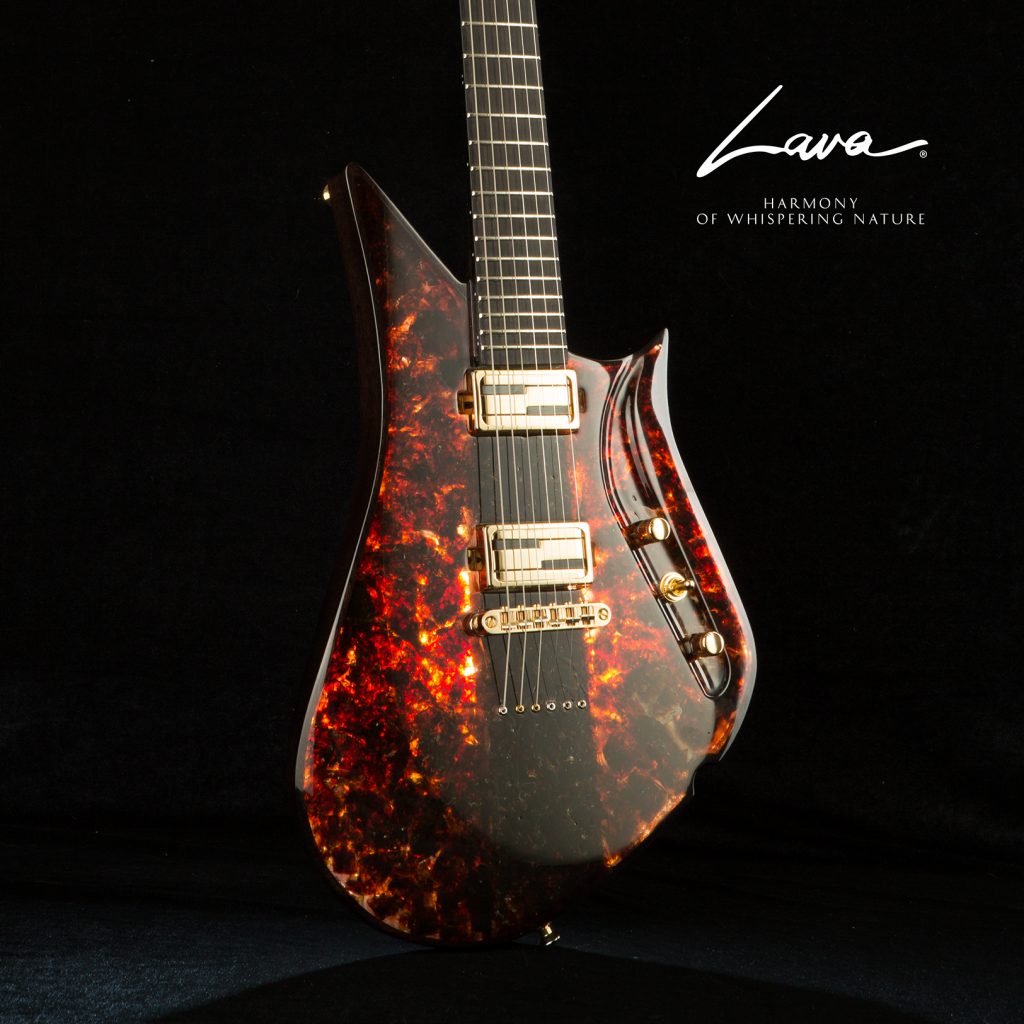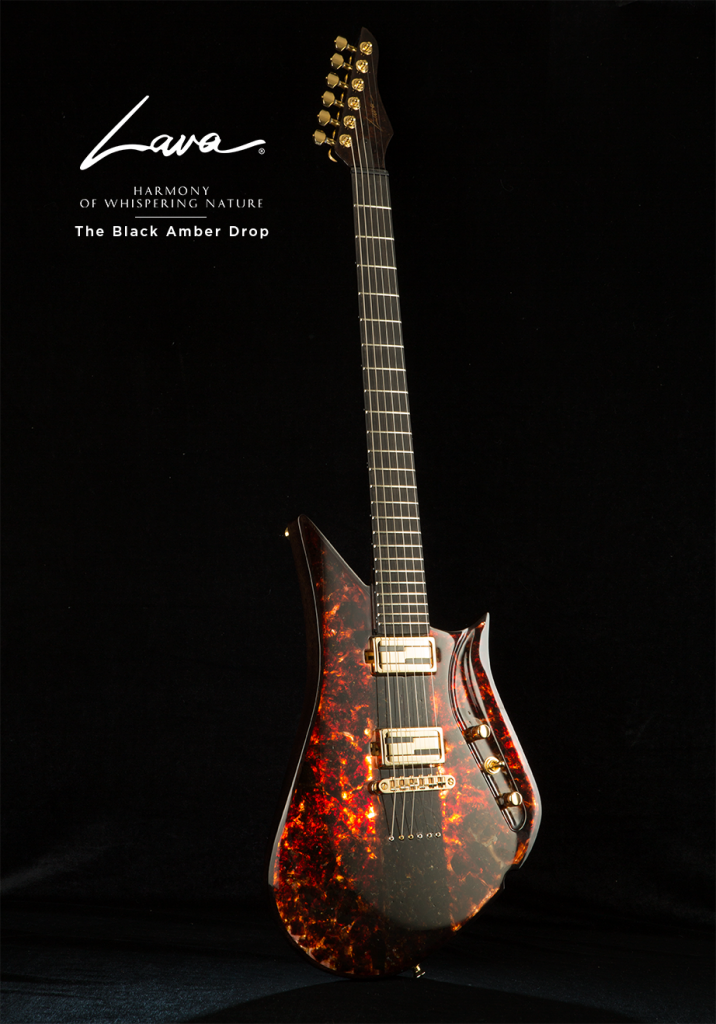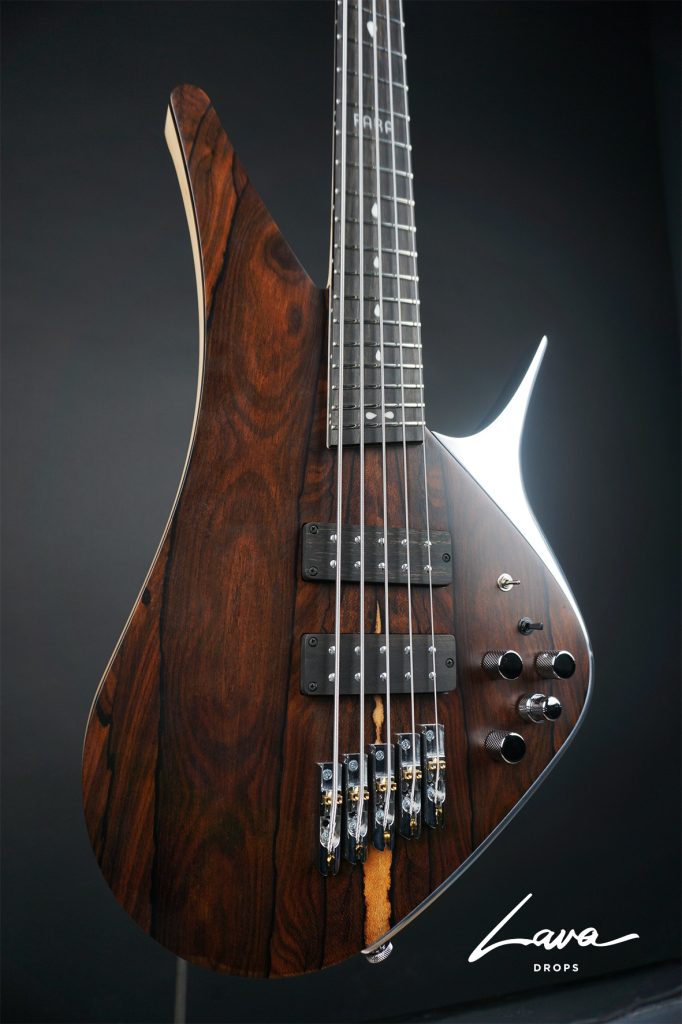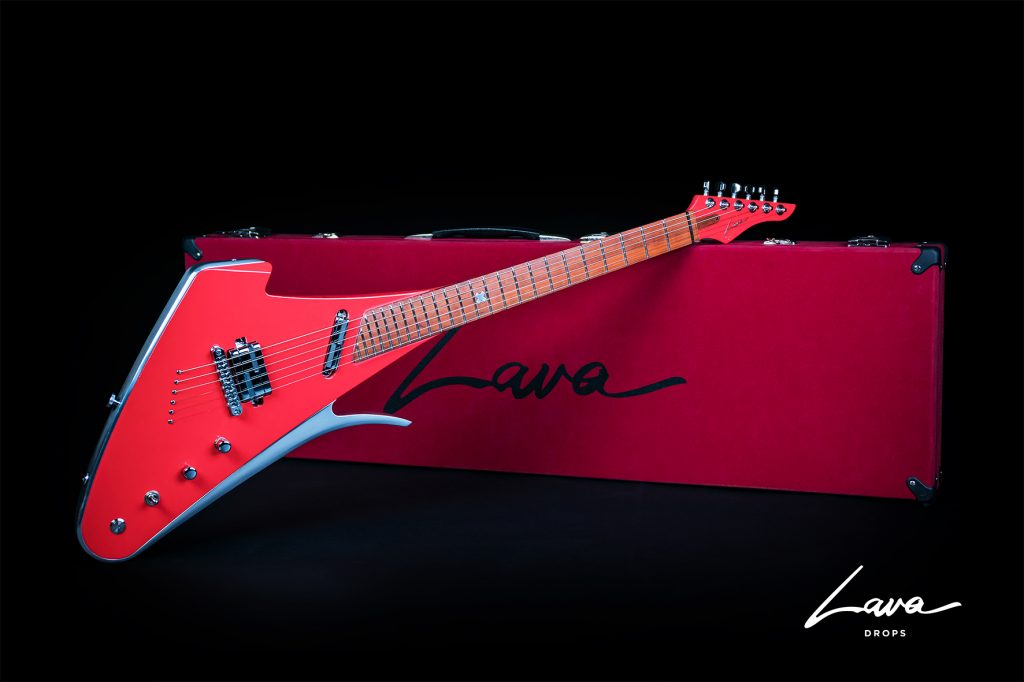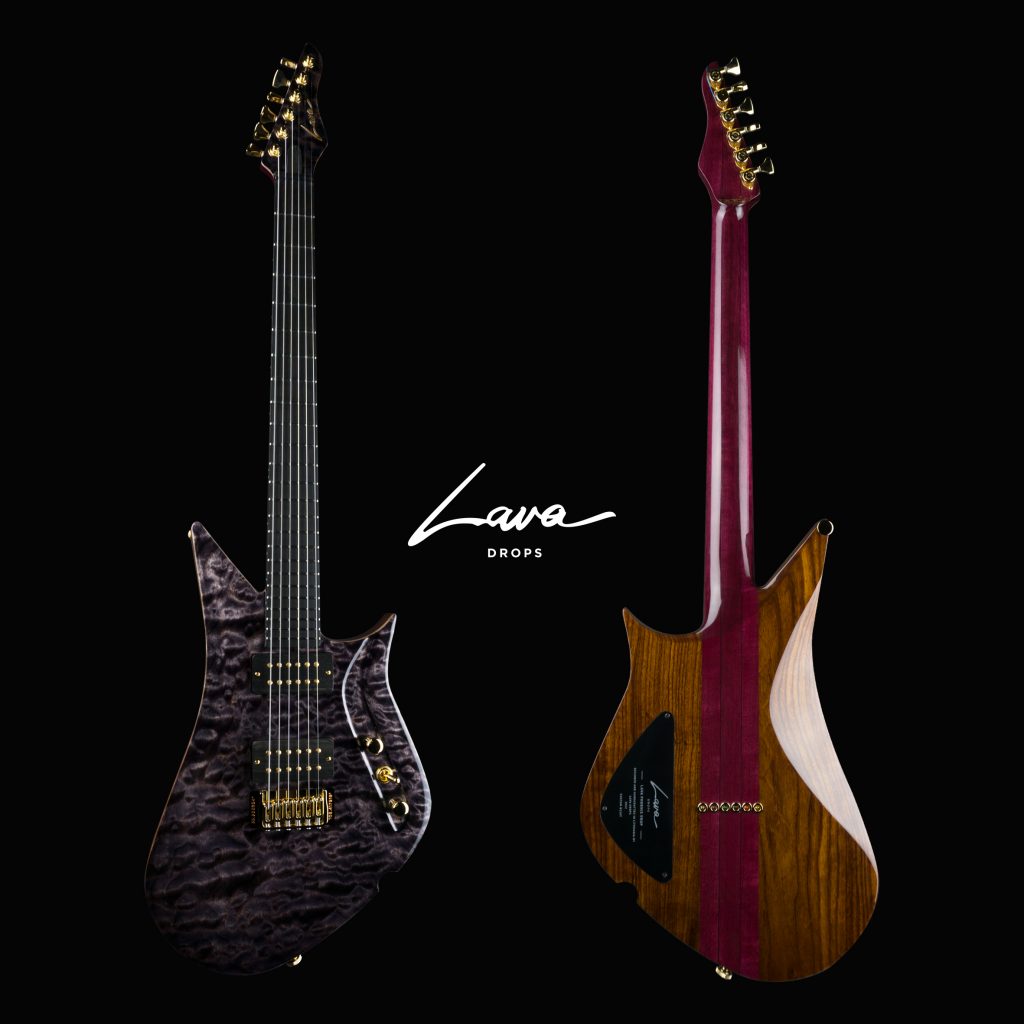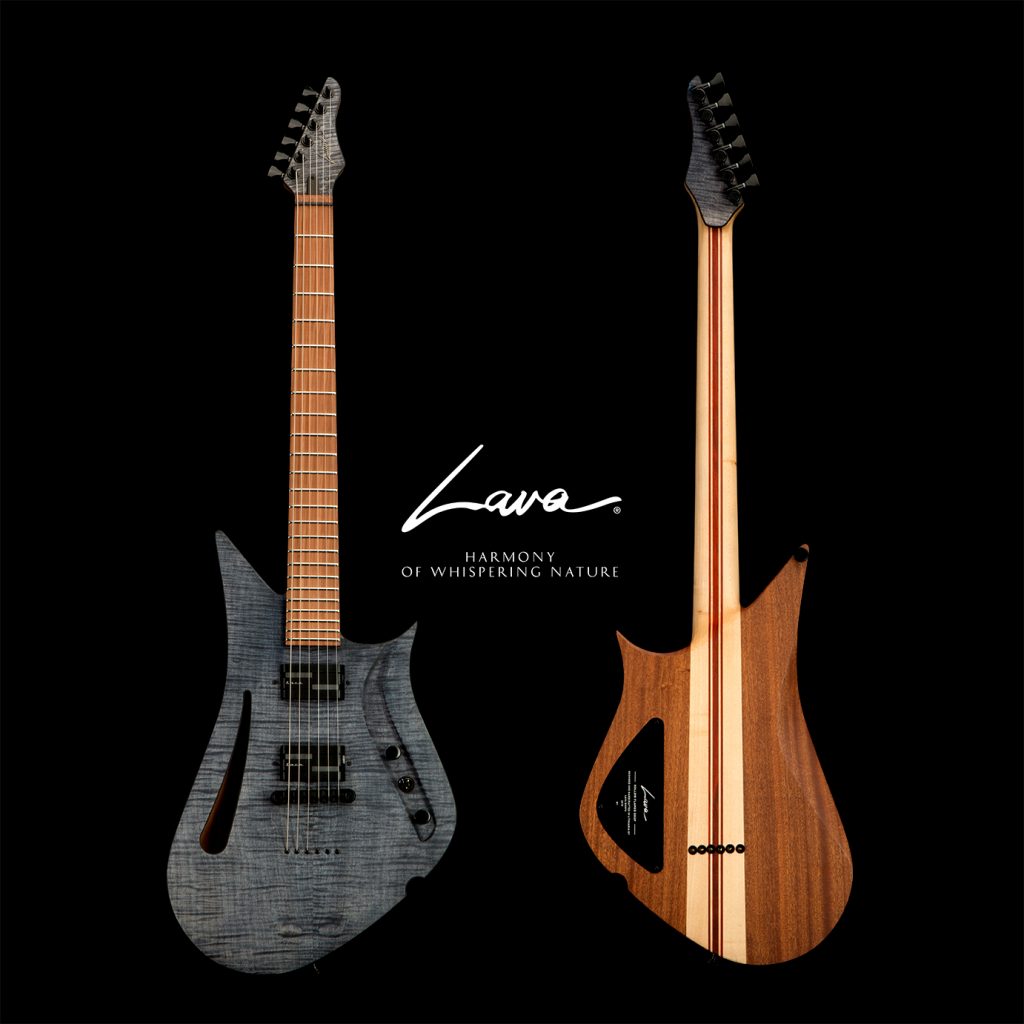Musical instrument photography: Selling your musical instruments on VintageandRare.com can be a fantastic opportunity to reach a niche audience of passionate collectors and enthusiasts. However, to make a successful sale on this platform tailored explicitly for musical instruments, you must present your items in the best possible light. High-quality photographs are vital for catching the attention of potential buyers, conveying the unique qualities of your vintage instruments, and inspiring confidence in their purchase decision.
Properly photographing your vintage instruments showcases their beauty, highlights their distinctive features, and accurately represents their condition. Investing time and effort into capturing high-quality images provides potential buyers with a comprehensive visual understanding of what your instruments offer. This transparency builds trust, reduces inquiries regarding condition or appearance, and increases the likelihood of securing a sale.
VintageandRare.com‘s audience is passionate about musical instruments and appreciates the artistry and history behind vintage pieces. By employing the recommended techniques in this guide, such as capturing detailed shots of unique craftsmanship or showcasing the instrument being played, you can engage the emotions and imagination of potential buyers. These captivating images can help them envision the instrument’s sound, the experience of owning it, and how it fits into their musical journey. Clean and prepare the Instrument: Before you begin photographing, it’s essential to clean and prepare your musical instrument thoroughly. Dust, fingerprints, and smudges can detract from the overall presentation. Use a soft, lint-free cloth to clean the instrument and remove dirt or debris. Pay attention to areas prominently featured in the photos, such as the body, neck, tuning keys, etc.
Choose the right location and lighting
Select a well-lit area to photograph your instrument. Natural light is usually the best option, so choose a room with ample sunlight. Position the instrument near a large window or in an outdoor space with diffused light. Avoid harsh shadows or direct sunlight, which can obscure details and create unwanted reflections. If natural light is unavailable or insufficient, consider using soft, diffused artificial lighting to achieve a balanced and evenly lit image.
Use a solid background
Place the instrument against a solid, neutral-colored background to ensure that the focus remains on the instrument itself. A plain white or black backdrop works well, as it creates a clean and professional look. Avoid using patterned or busy backgrounds that can distract the viewer.
Properly frame the shot
Position the instrument in the center of the frame, ensuring that all essential parts are visible. Include multiple angles and close-up shots to highlight key features. For larger instruments, such as guitars or pianos, consider capturing shots that showcase the entire instrument along with some detailed shots of specific areas.
Use a tripod
To achieve sharp and focused images, it is highly recommended to use a tripod. This eliminates camera shake and ensures stability during the shooting process. A tripod also allows for consistent framing and composition across all your photographs.
Pay attention to details
Capture detailed shots of any unique features, craftsmanship, or damage. Highlight the instrument’s serial number, brand logos, or any other distinguishing marks. It is important to be transparent about the instrument’s condition so document any imperfections accurately.
Experiment with different angles and perspectives
Don’t be afraid to experiment with different angles and perspectives to showcase the instrument’s unique characteristics. Capture shots from above, below, or at eye level to provide a variety of perspectives to potential buyers. Including shots of the instrument being played can also help buyers visualize the experience of owning and using it.
Use proper camera settings
Use a DSLR, a high-quality camera, or even a smartphone with advanced camera capabilities to capture your instrument photographs. Adjust the camera settings accordingly to ensure optimal results. If shooting with a DSLR or high-quality camera, consider shooting in RAW format to retain maximum detail and flexibility during post-processing. Pay attention to focus, aperture, and white balance settings to achieve sharp and accurate instrument representations. If using a smartphone, take advantage of its advanced camera features and select the highest resolution. Experiment with different camera apps or manual settings to fine-tune the image quality.
Edit and enhance the images
Once you have captured your instrument photographs, it’s time to edit and enhance them. If necessary, use photo editing software to adjust brightness, contrast, and color balance. However, be cautious not to overdo the editing, as you want the images to represent the instrument accurately.
There are several excellent editing software options available for editing photos. Here are a few popular choices:
Adobe Photoshop: Adobe Photoshop is widely regarded as the industry standard for photo editing. It offers a comprehensive set of tools and features for advanced editing, retouching, and manipulation of images. Photoshop provides extensive control over every aspect of an image and is suitable for professional photographers and graphic designers.
Adobe Lightroom: Adobe Lightroom is another popular choice, especially for photographers who deal with large volumes of images. Lightroom offers powerful organizational features, non-destructive editing capabilities, and a wide range of editing tools to enhance your photos. It is known for its user-friendly interface and efficiency in streamlining the editing workflow.
Capture One Pro: Capture One Pro is a professional-grade editing software that provides exceptional image quality and precise control over color, contrast, and detail. Professional photographers widely use it, and offer advanced tools for RAW image processing, tethered shooting, and image cataloging.
GIMP: GIMP (GNU Image Manipulation Program) is a free and open-source photo editing software that provides many features in paid alternatives. It offers a comprehensive set of image retouching, editing, and manipulation tools. GIMP is suitable for beginners and those on a budget.
Affinity Photo: Affinity Photo is a powerful and affordable alternative to Adobe Photoshop. It offers various advanced editing tools, including layers, masks, blend modes, and precise selection tools. Affinity Photo is known for its smooth performance and compatibility with various file formats.
These are just a few examples of popular editing software options. Each software has its own strengths and features, so it’s worth exploring them further to determine which one best suits your specific needs and preferences.
Provide Multiple High-Quality Images
Finally, when listing your musical instrument for sale online, include multiple high-quality images showcasing angles, close-ups, and unique features. This helps potential buyers gain confidence in their purchase decision and reduces the need for additional questions or requests for more images.
The Power of Words: The importance of a good text description for your instrument
Providing a good text description of your instrument is crucial when selling online. While high-quality photographs are essential for capturing attention, a well-written text description complements the visual representation and adds valuable information that photographs may not convey.
A well-crafted text description is a powerful tool to engage potential buyers and provide them with the necessary details about your instrument. It allows you to communicate its unique qualities, specifications, condition, and notable history or provenance. While photographs capture the instrument’s visual appeal, the text description helps potential buyers better understand its character and value.
Start by highlighting the instrument’s essential features, such as its brand, model, and year of production. Provide information about its construction materials, including any rare or distinctive elements. Mention any notable modifications or repairs that have been made, as well as the instrument’s condition—whether it’s in mint condition, well-maintained, or has any visible wear or imperfections. Transparency is vital to building trust with potential buyers.
Additionally, go beyond the technical aspects and share insights about the instrument’s tonal characteristics, playability, and the emotions it evokes. Describe the unique qualities that set it apart from other instruments: a warm and resonant tone, exceptional projection, or a rich and nuanced timbre. By conveying the instrument’s sonic personality, you can create a more immersive experience for potential buyers.
If applicable, remember to include relevant measurements, such as the instrument’s dimensions, weight, and scale length. This information helps buyers assess compatibility with their playing style and preferences. It’s also helpful to provide any additional accessories or components included in the sale, such as cases, straps, or unique add-ons.
Lastly, encourage potential buyers to ask questions or request more information. Express your willingness to provide additional photos, videos, or specific details upon their request. This proactive approach shows your commitment to customer satisfaction and helps build rapport with potential buyers.
In summary, a good text description complements your instrument photographs and plays a vital role in conveying crucial information and engaging potential buyers. By crafting a compelling and accurate description, you can provide a comprehensive overview of your instrument, demonstrate your expertise, and instill confidence in buyers, ultimately increasing the likelihood of a successful sale.
Are you ready to showcase your exceptional collection of vintage & boutique musical instruments to a passionate audience of enthusiasts and collectors?
Vintage & Rare provides the perfect platform to connect with like-minded individuals who appreciate these instruments’ craftsmanship, history, and beauty. By utilizing the tips and techniques outlined in this guide, you can capture captivating photographs that will captivate potential buyers and set your listings apart.
Whether you have a rare guitar, a bass, or a vintage piano waiting to find its new home, Vintage & Rare welcomes you to join our community of sellers. Start your journey today and tap into a network of passionate buyers who are actively seeking extraordinary instruments like yours. With Vintage & Rare, you can showcase your musical treasures to a global audience and find the right buyers who will truly appreciate their value.
Your extraordinary instruments deserve an extraordinary platform, and Vintage & Rare is here to help you find the perfect match.
